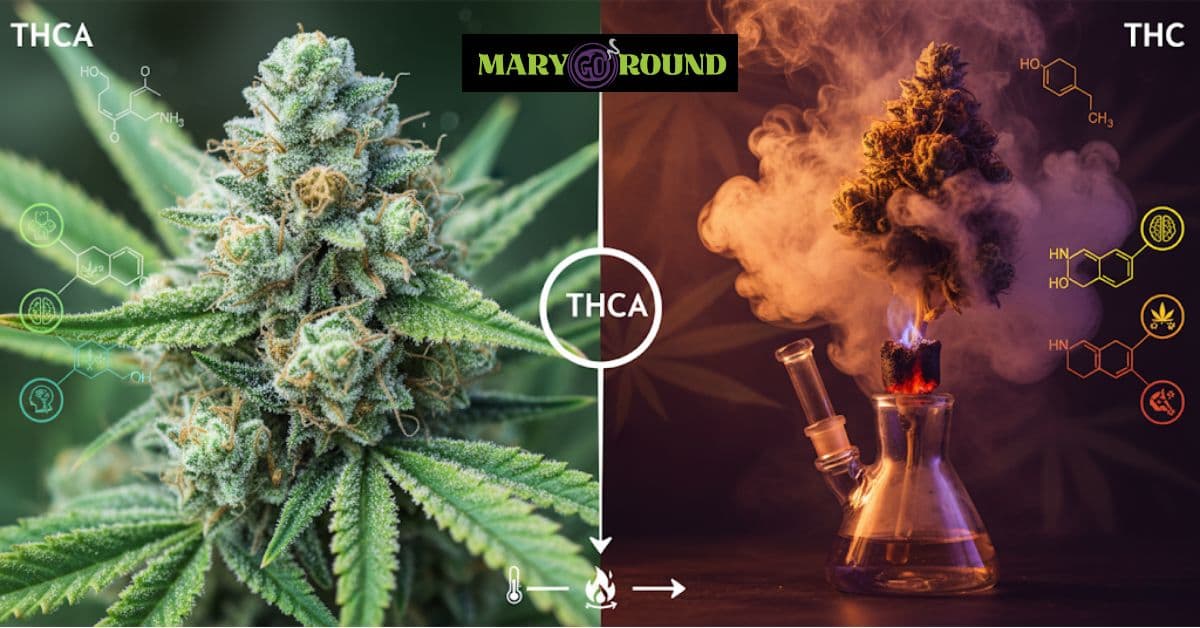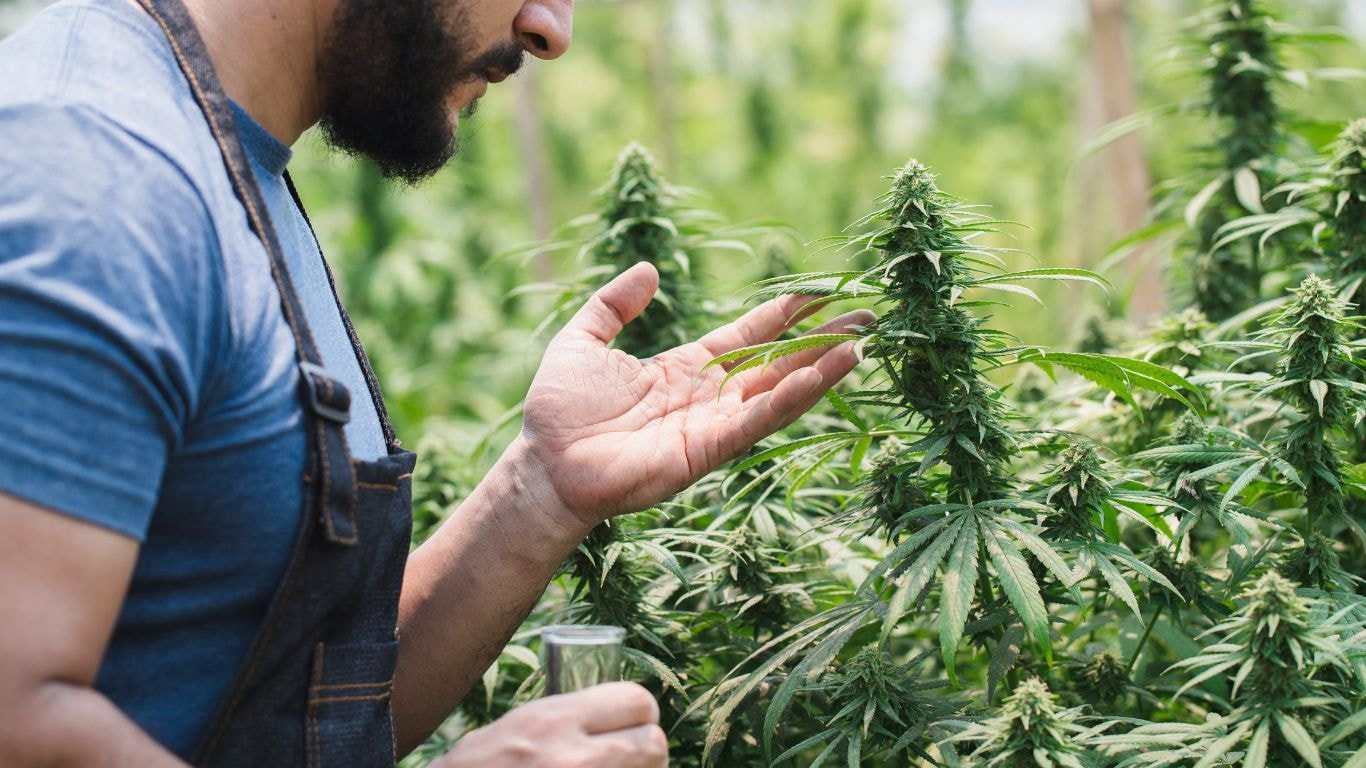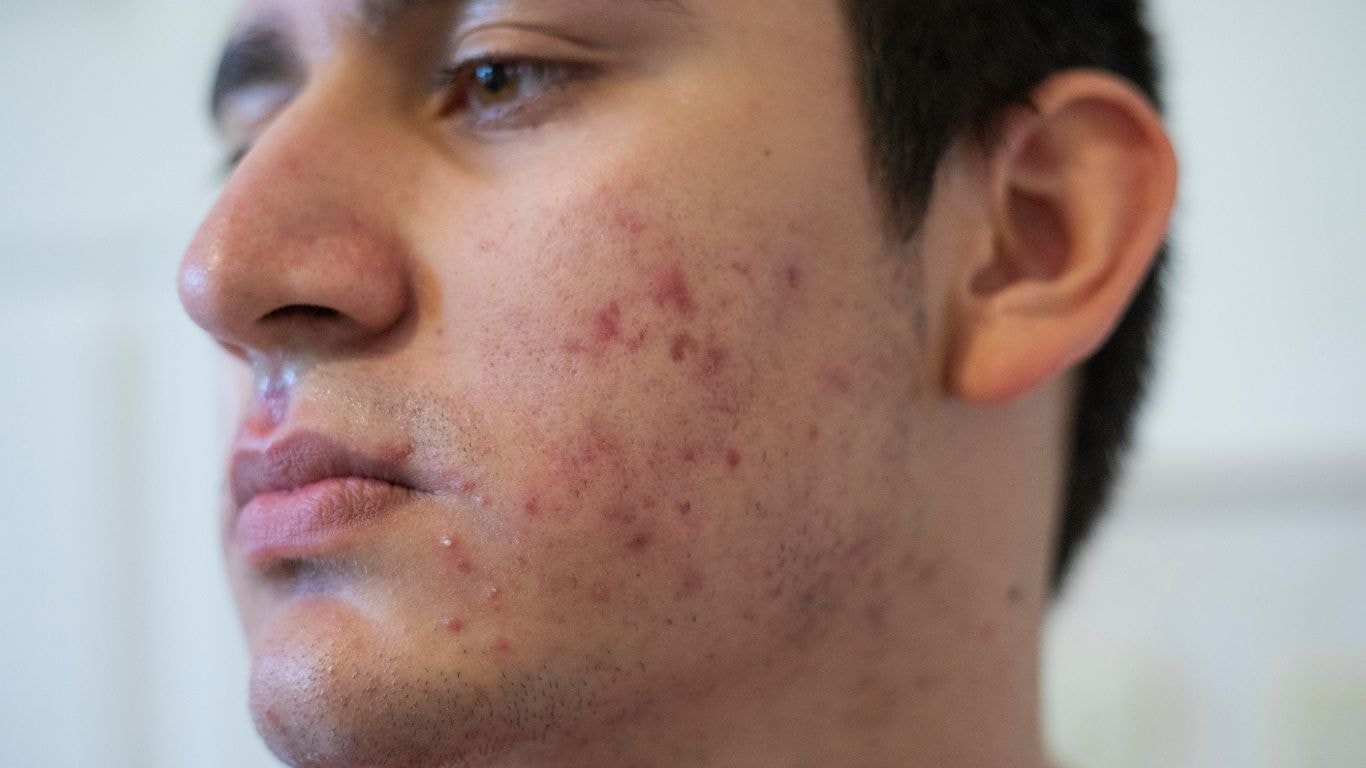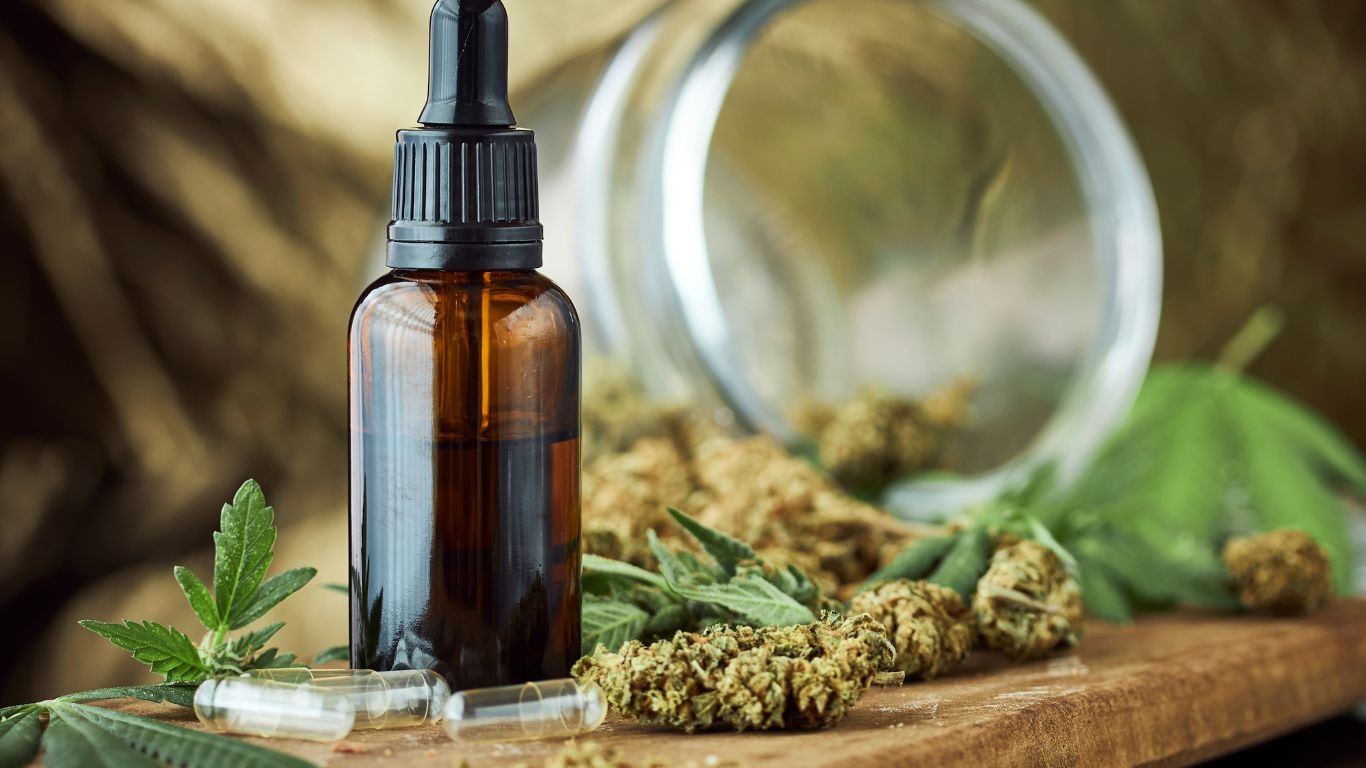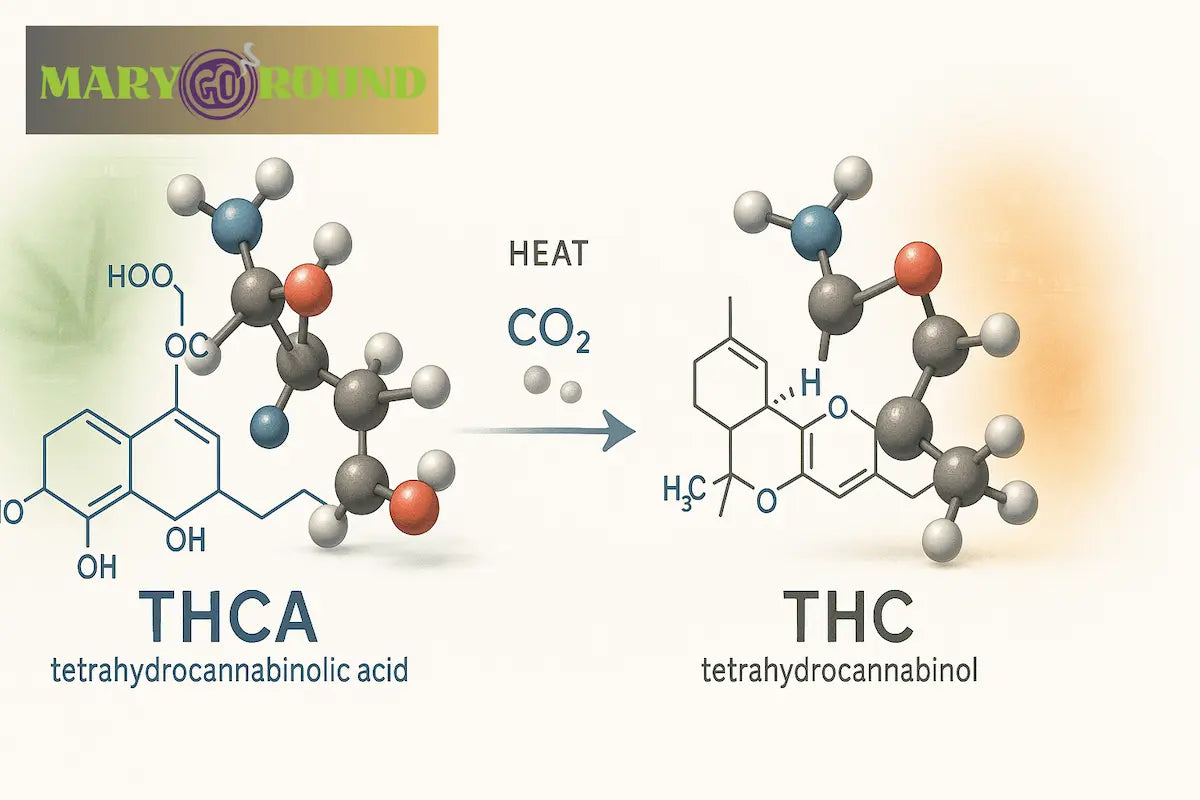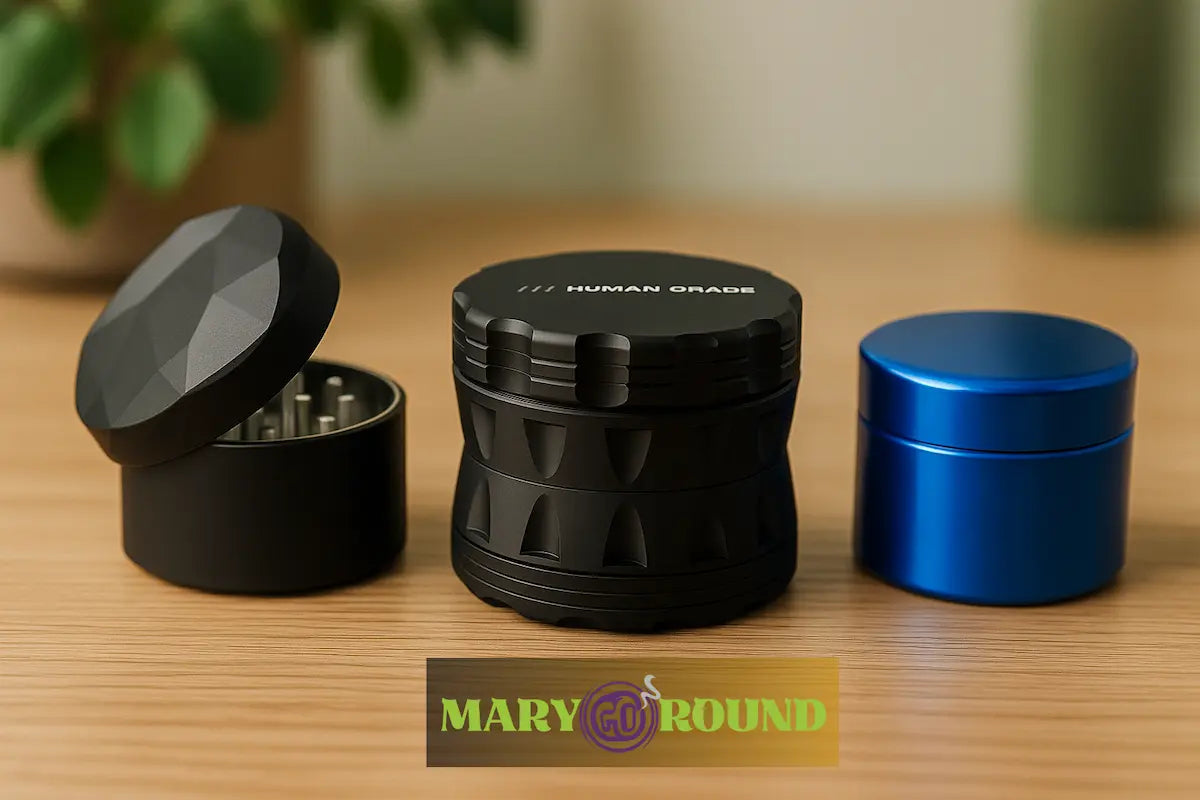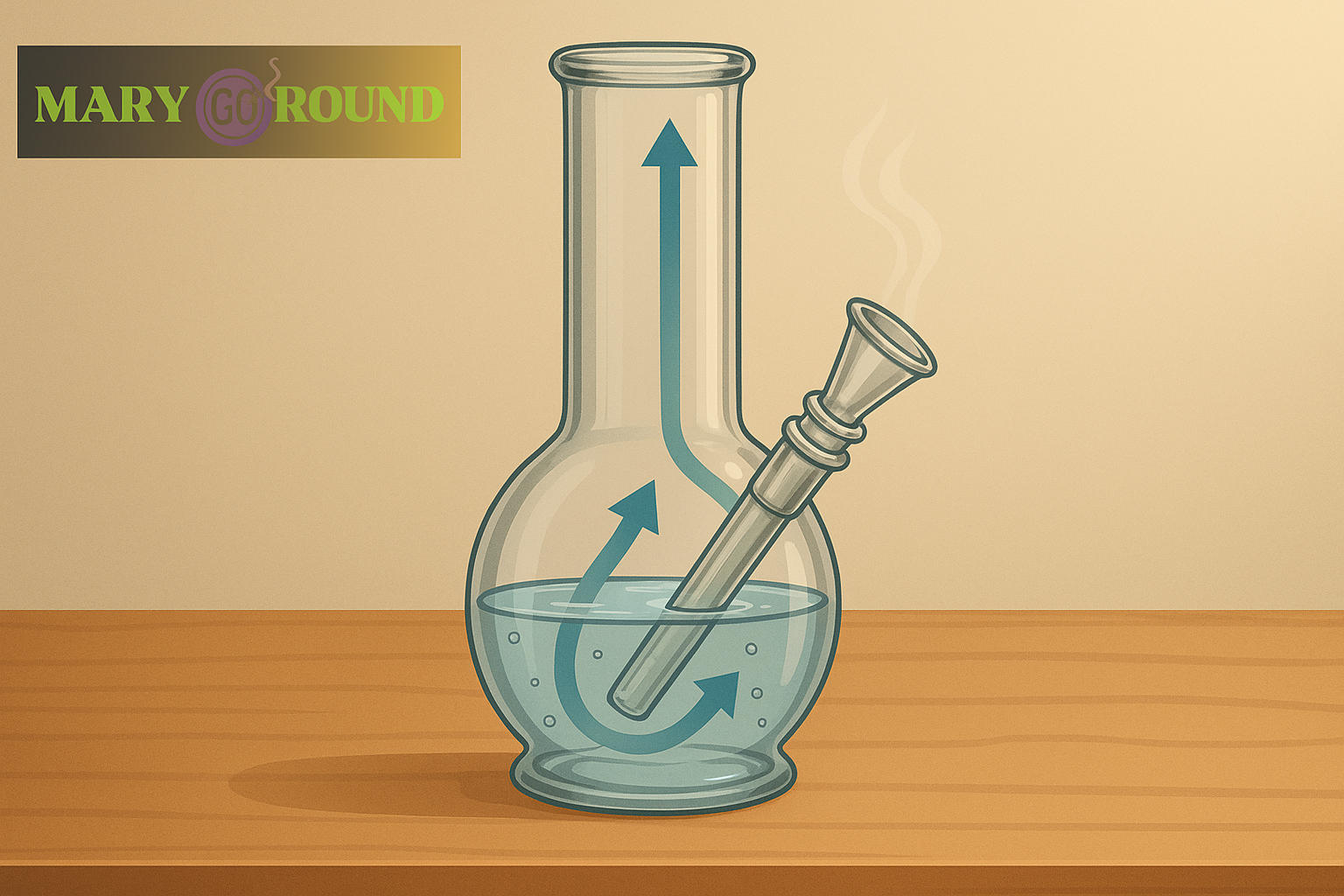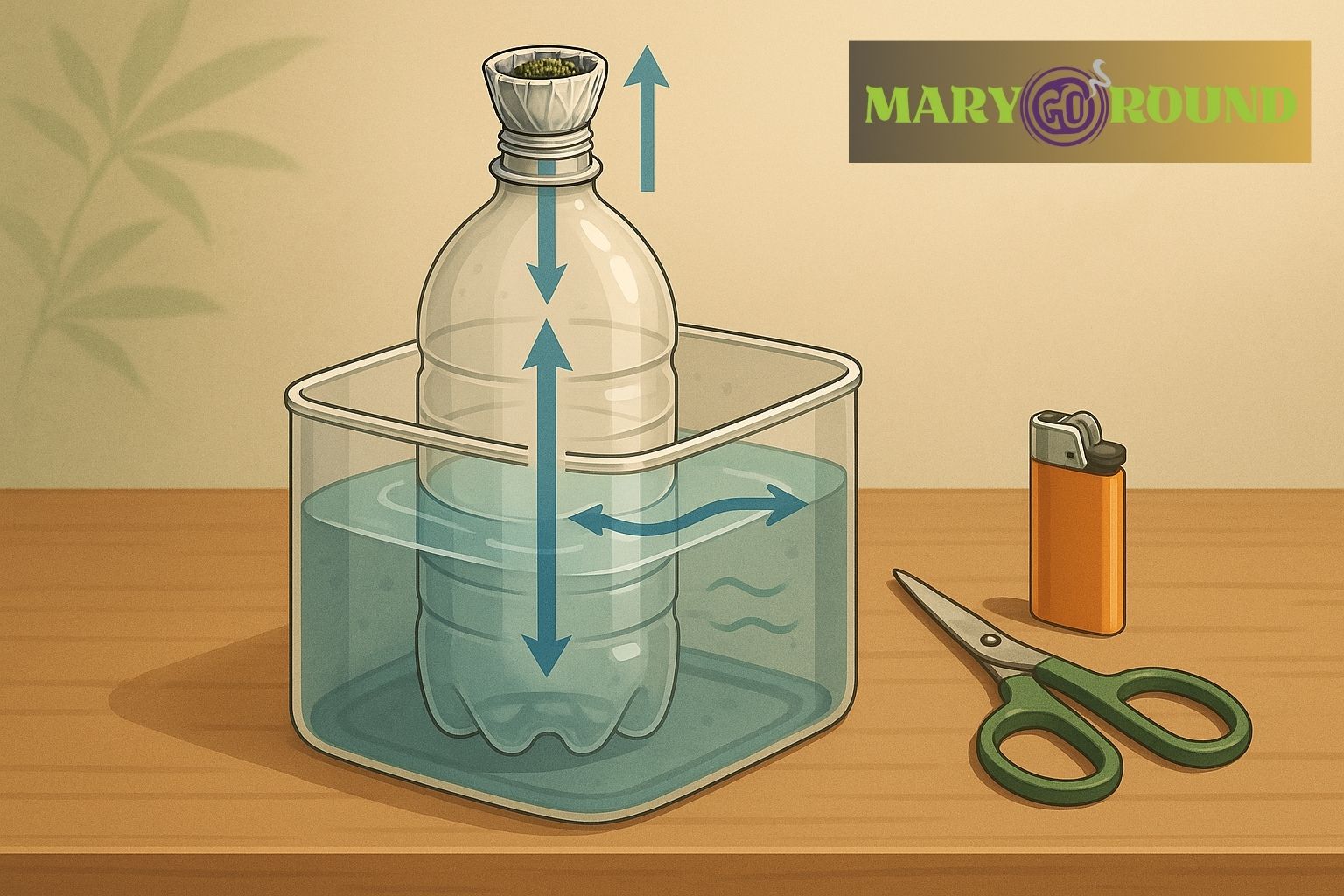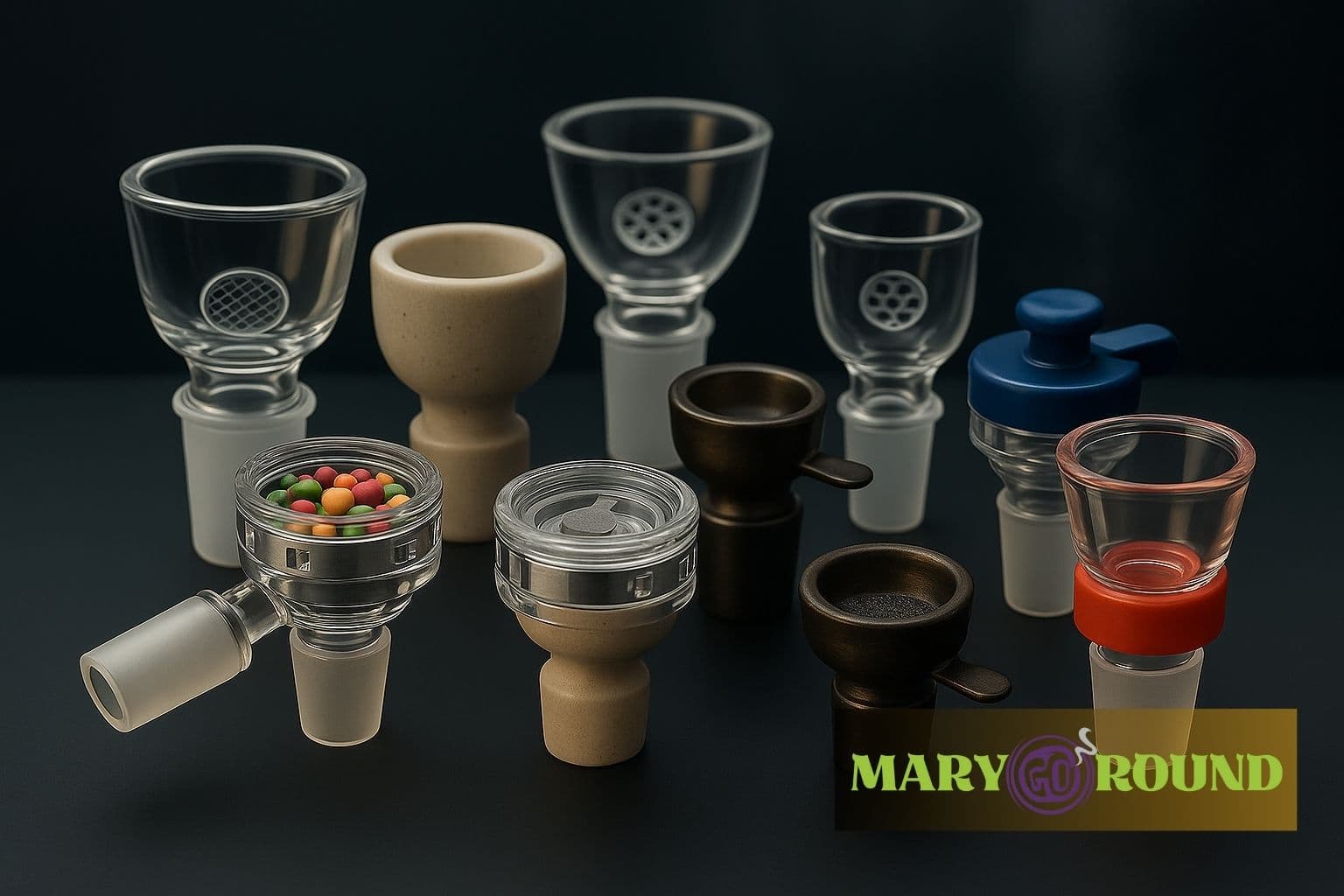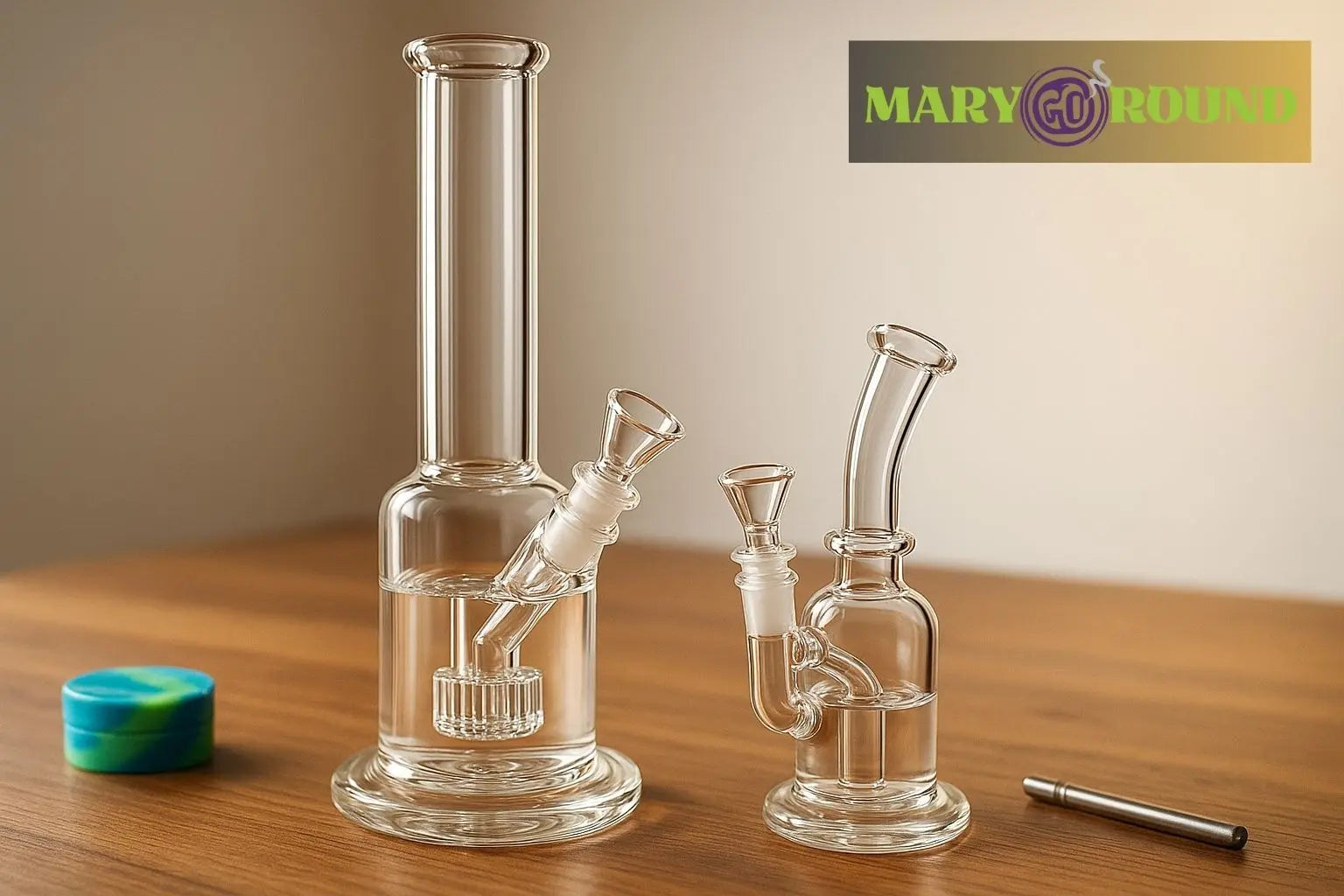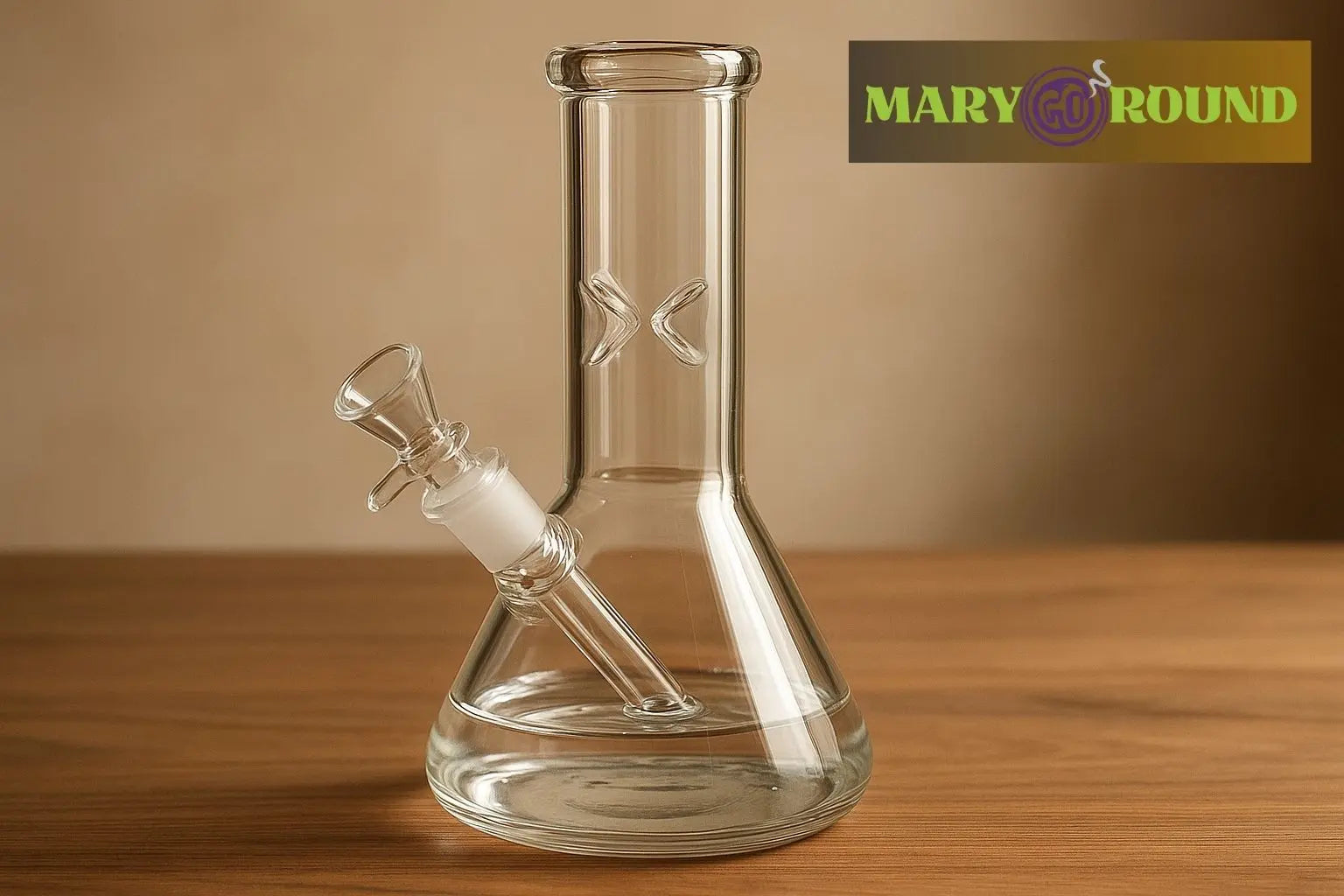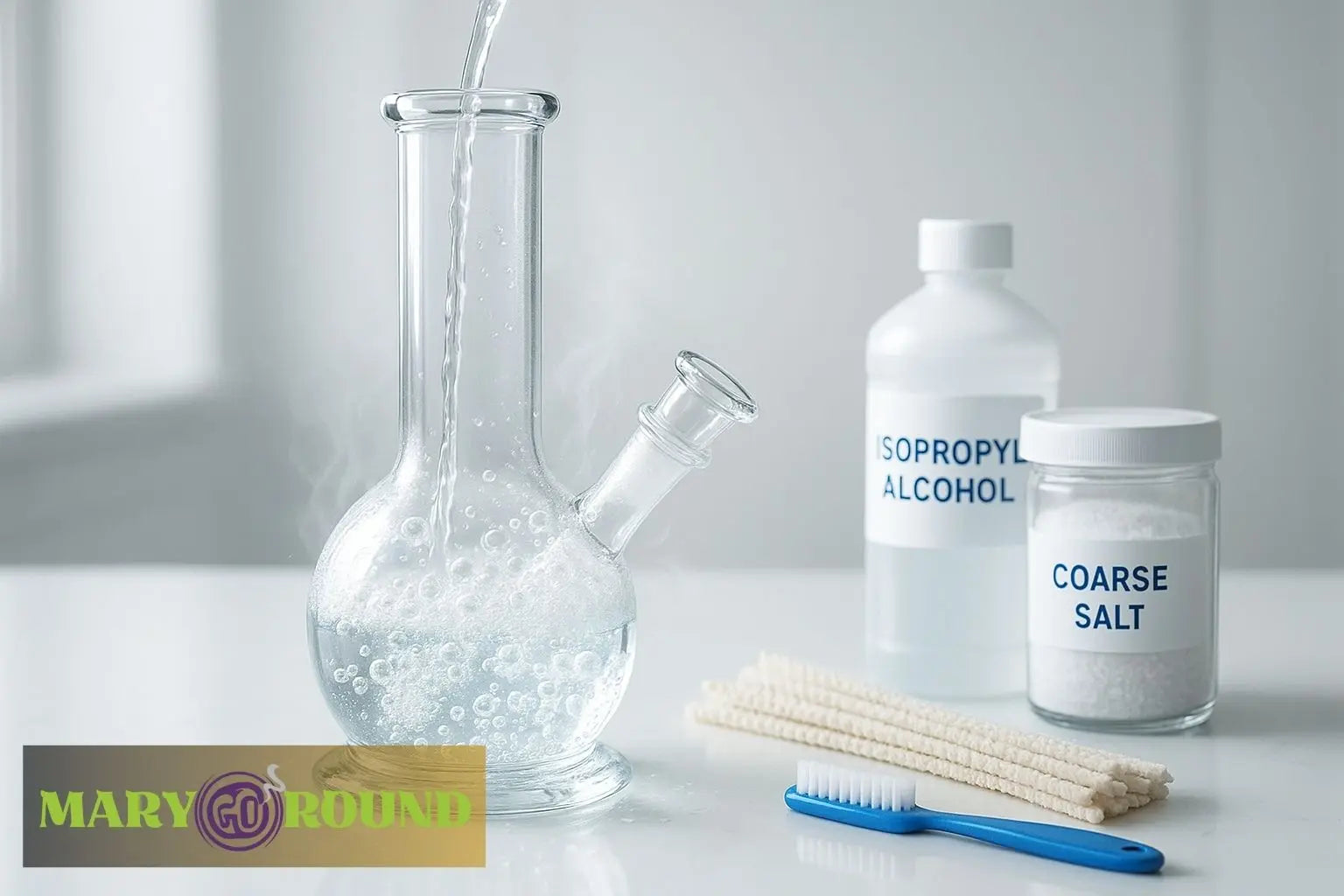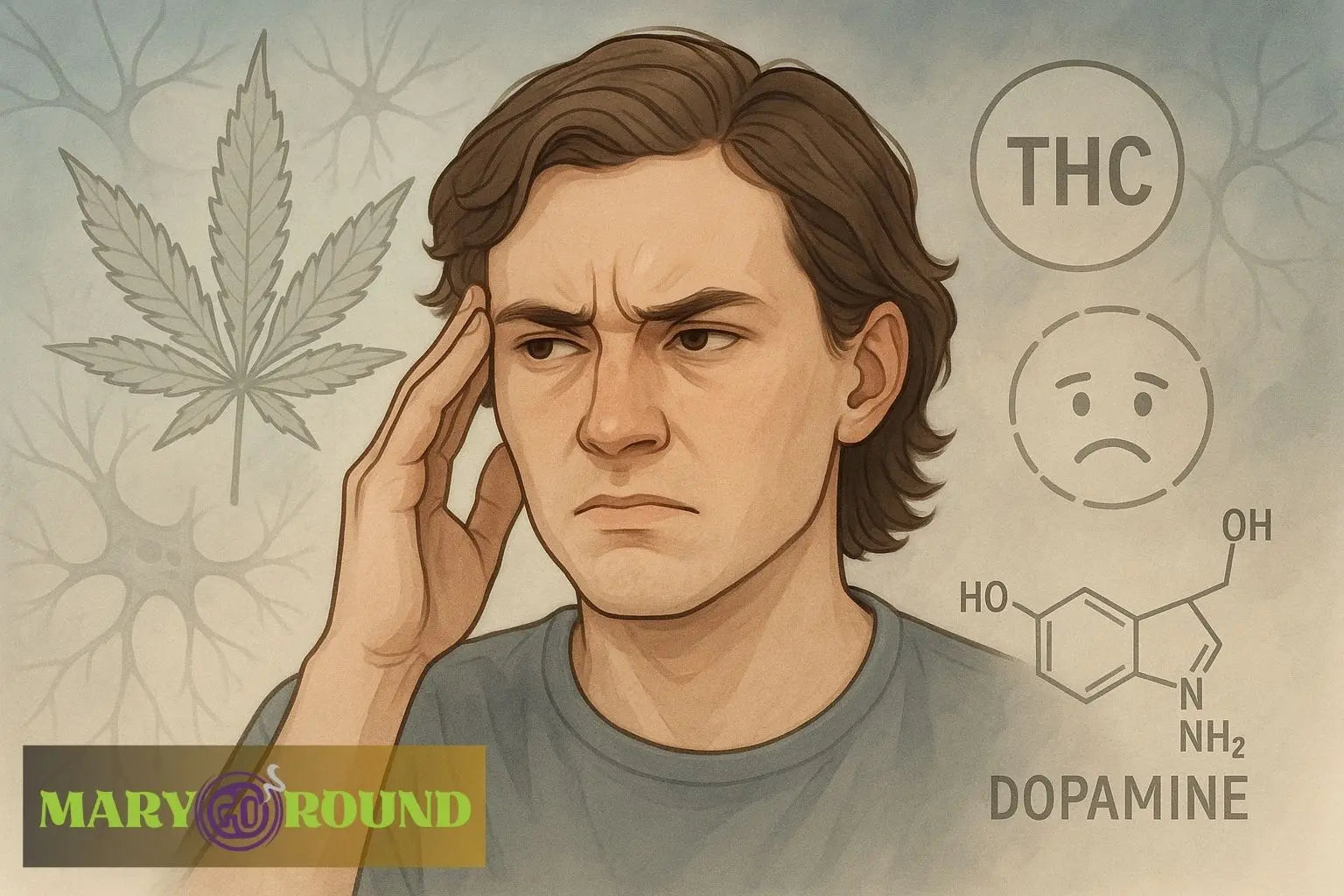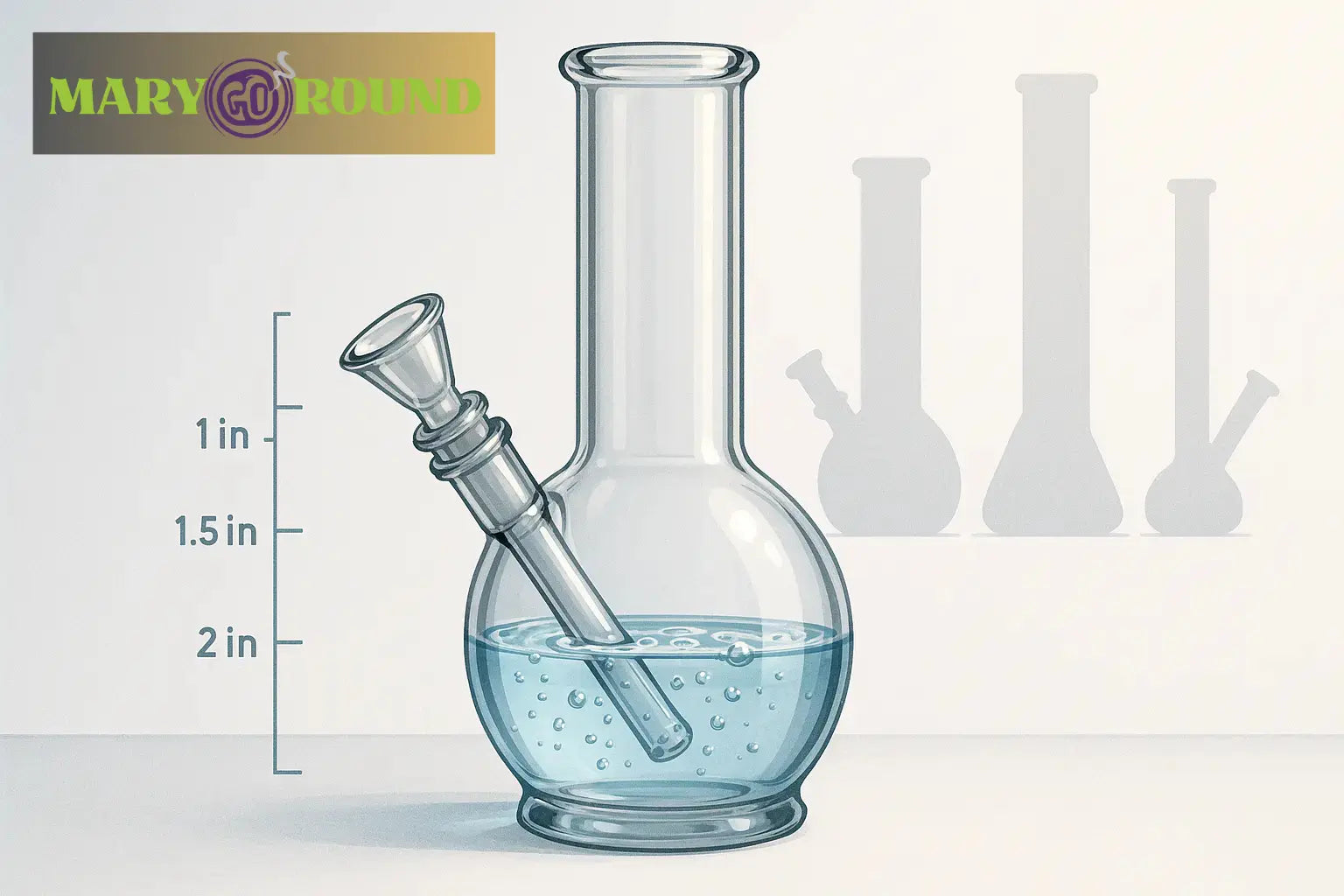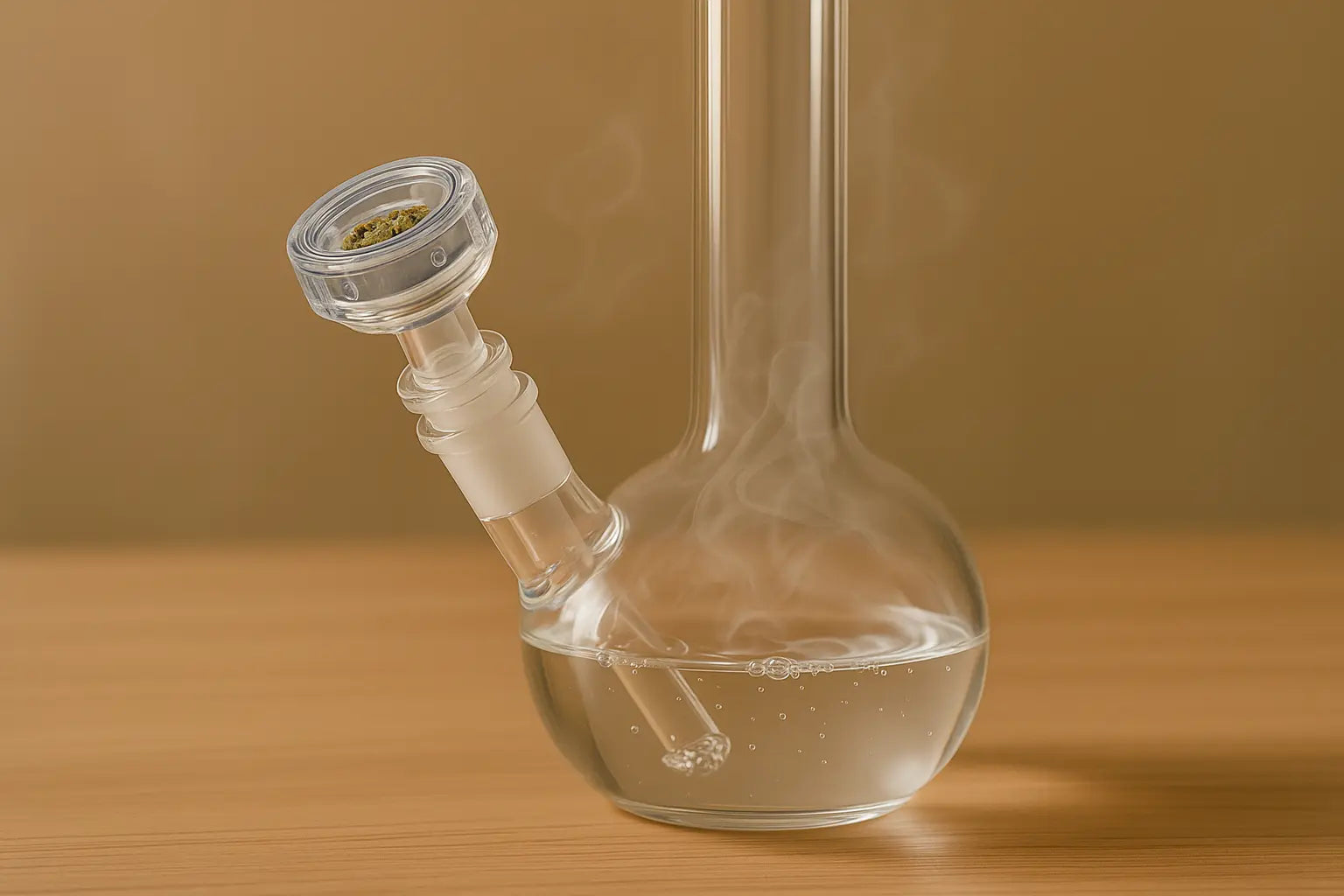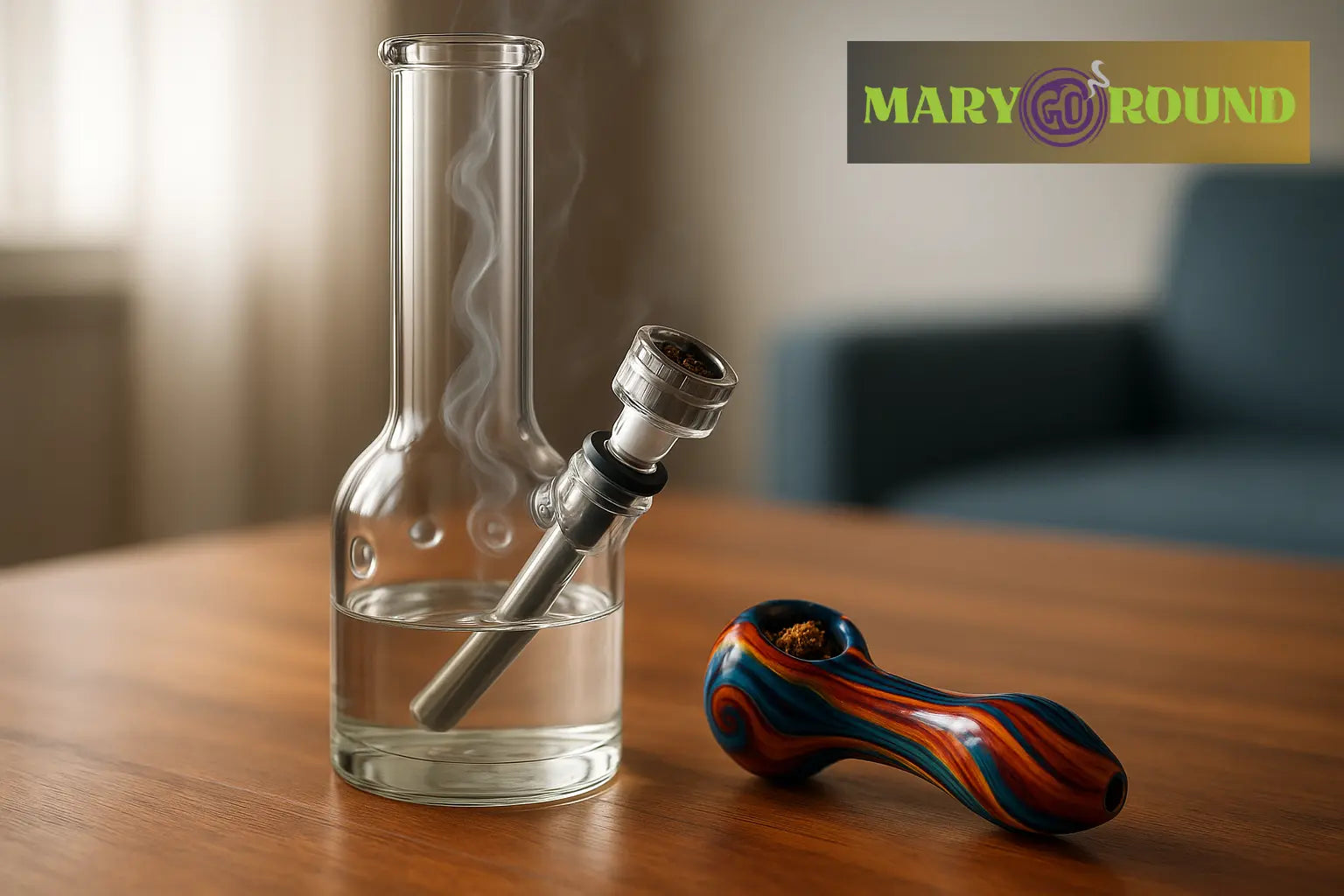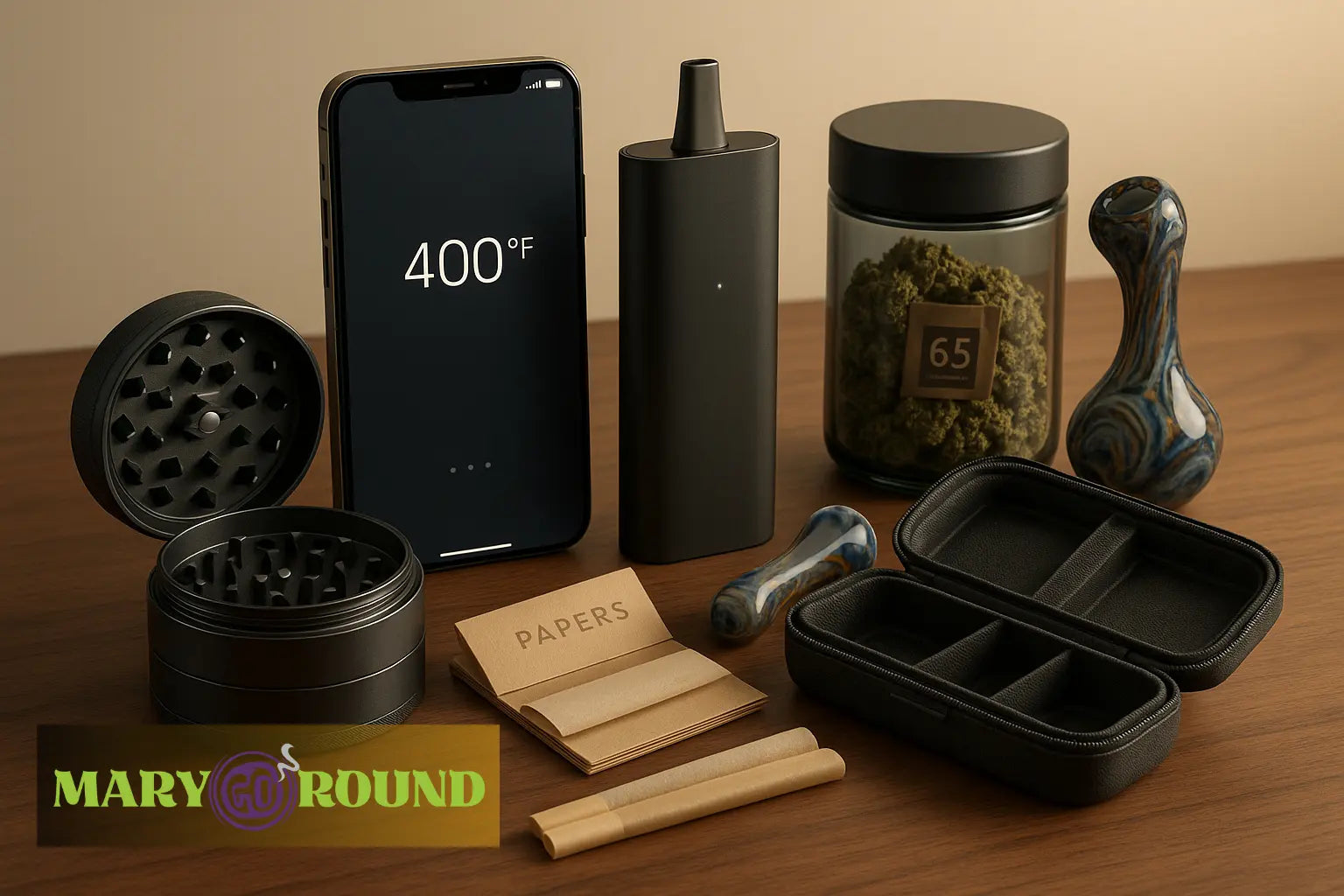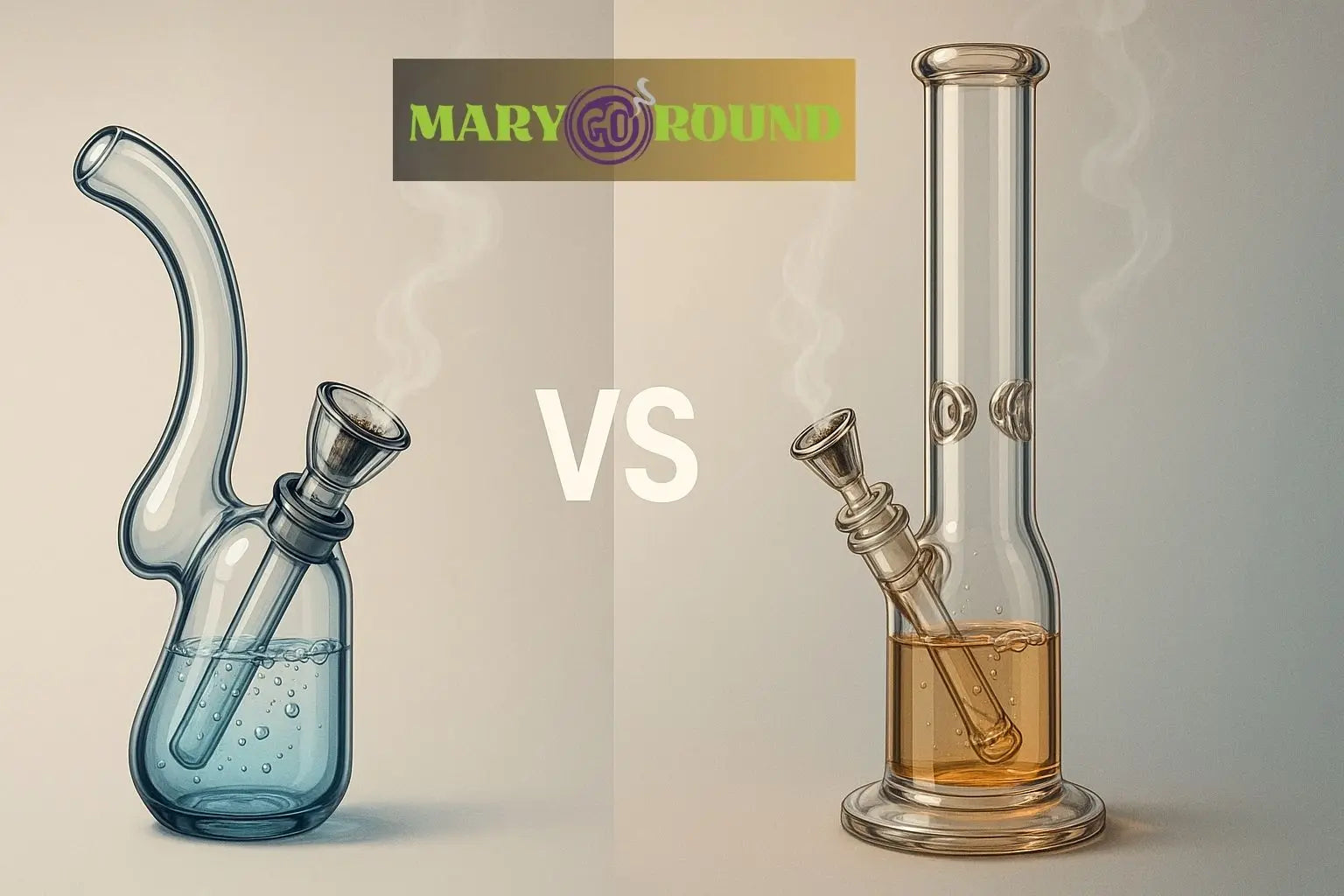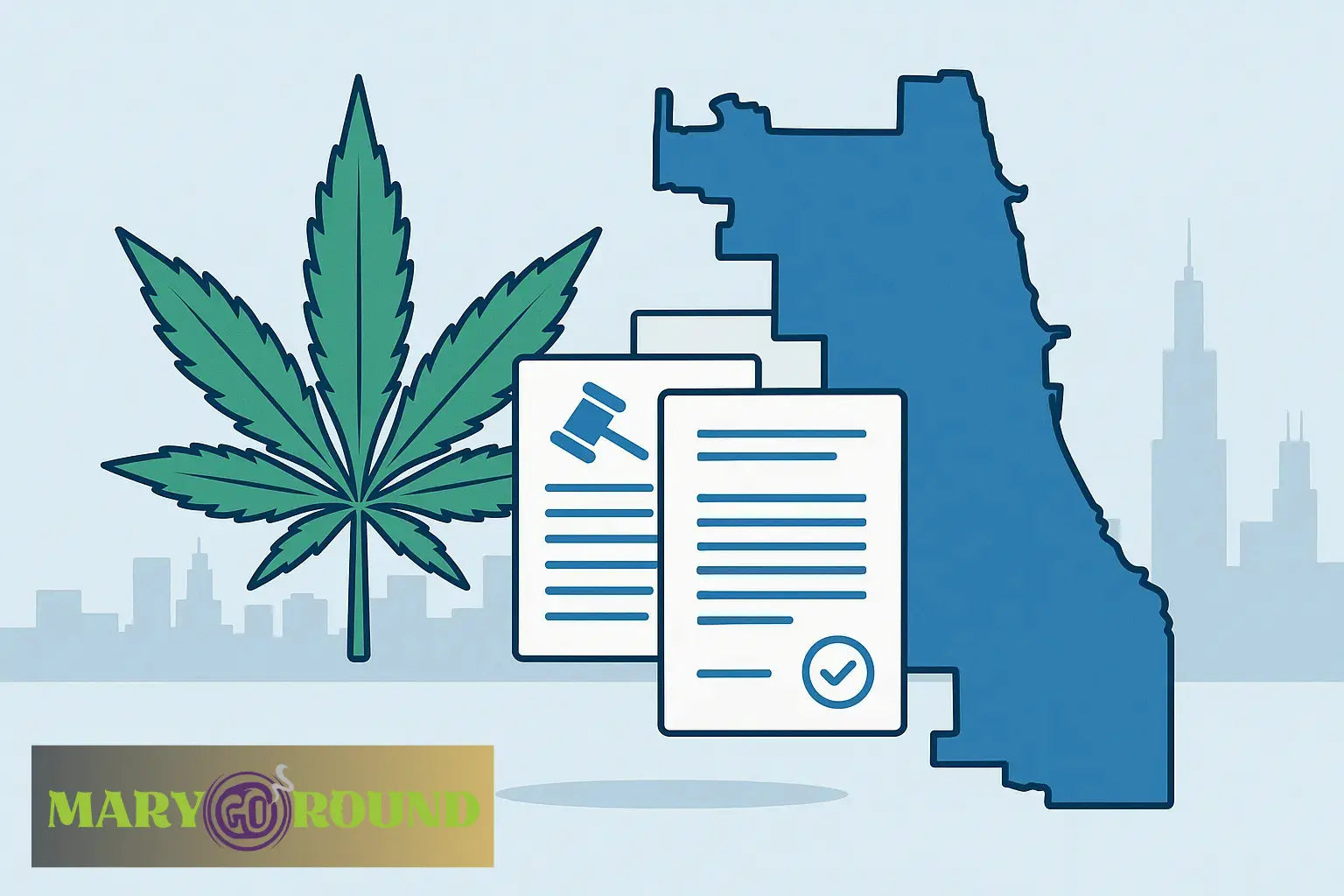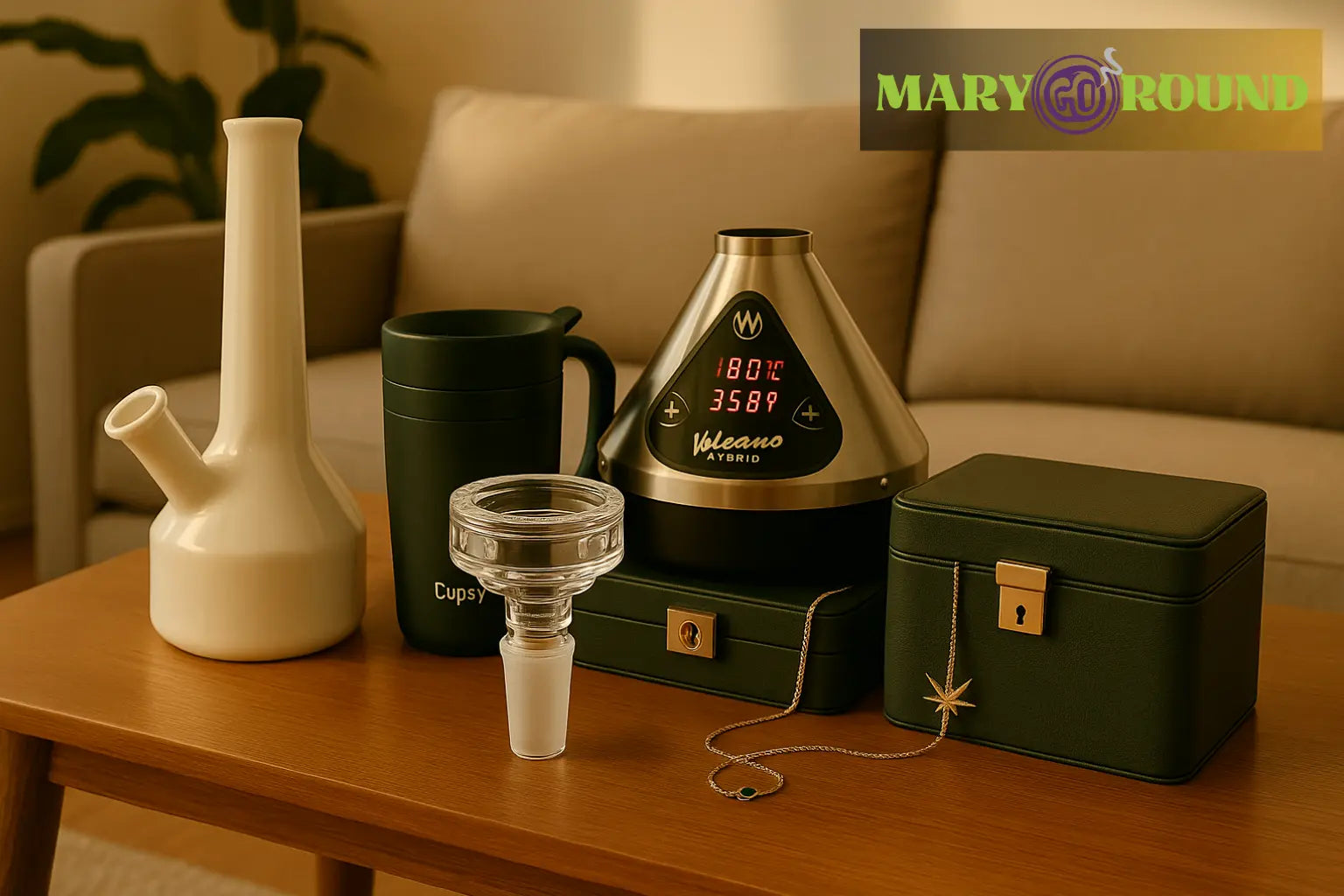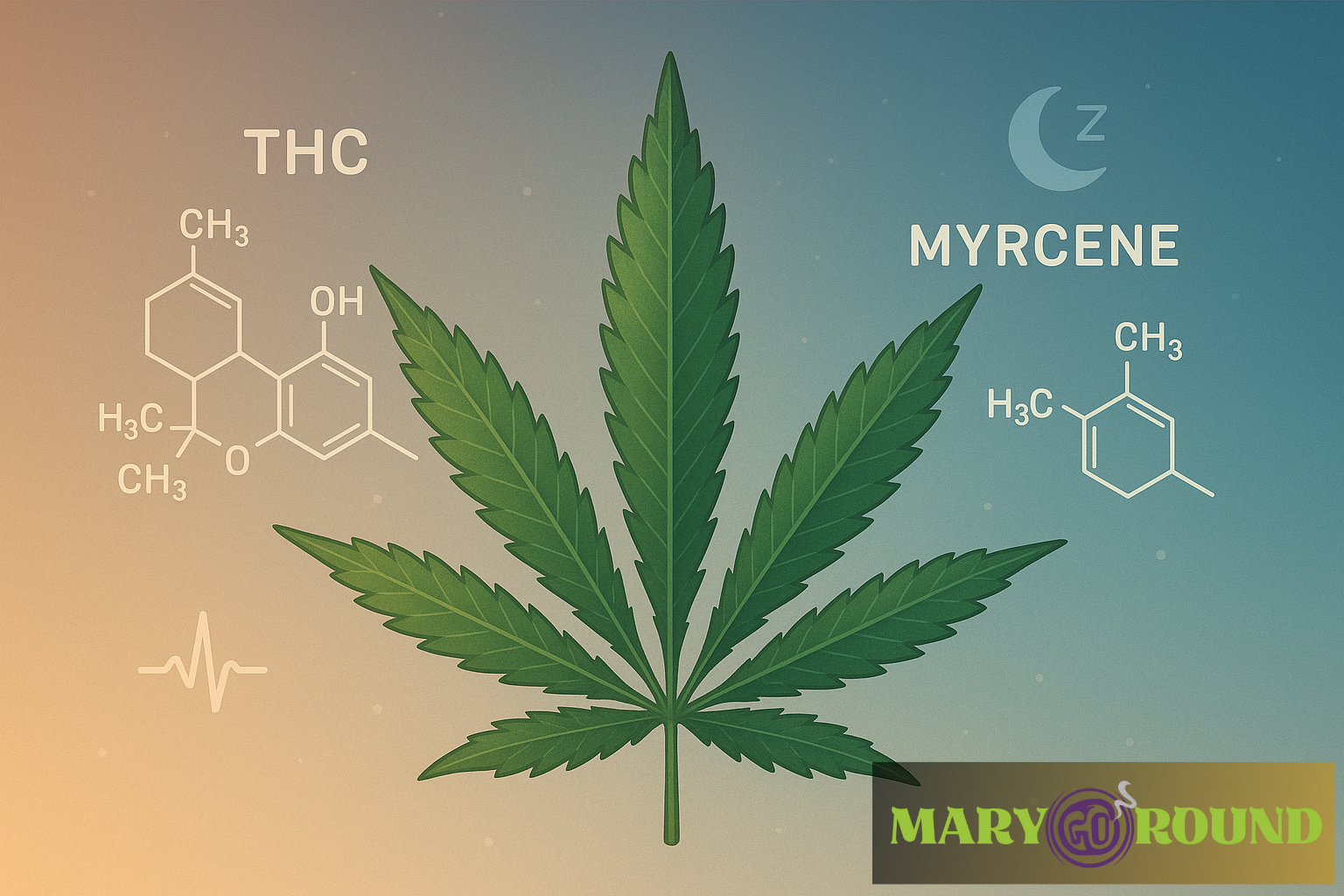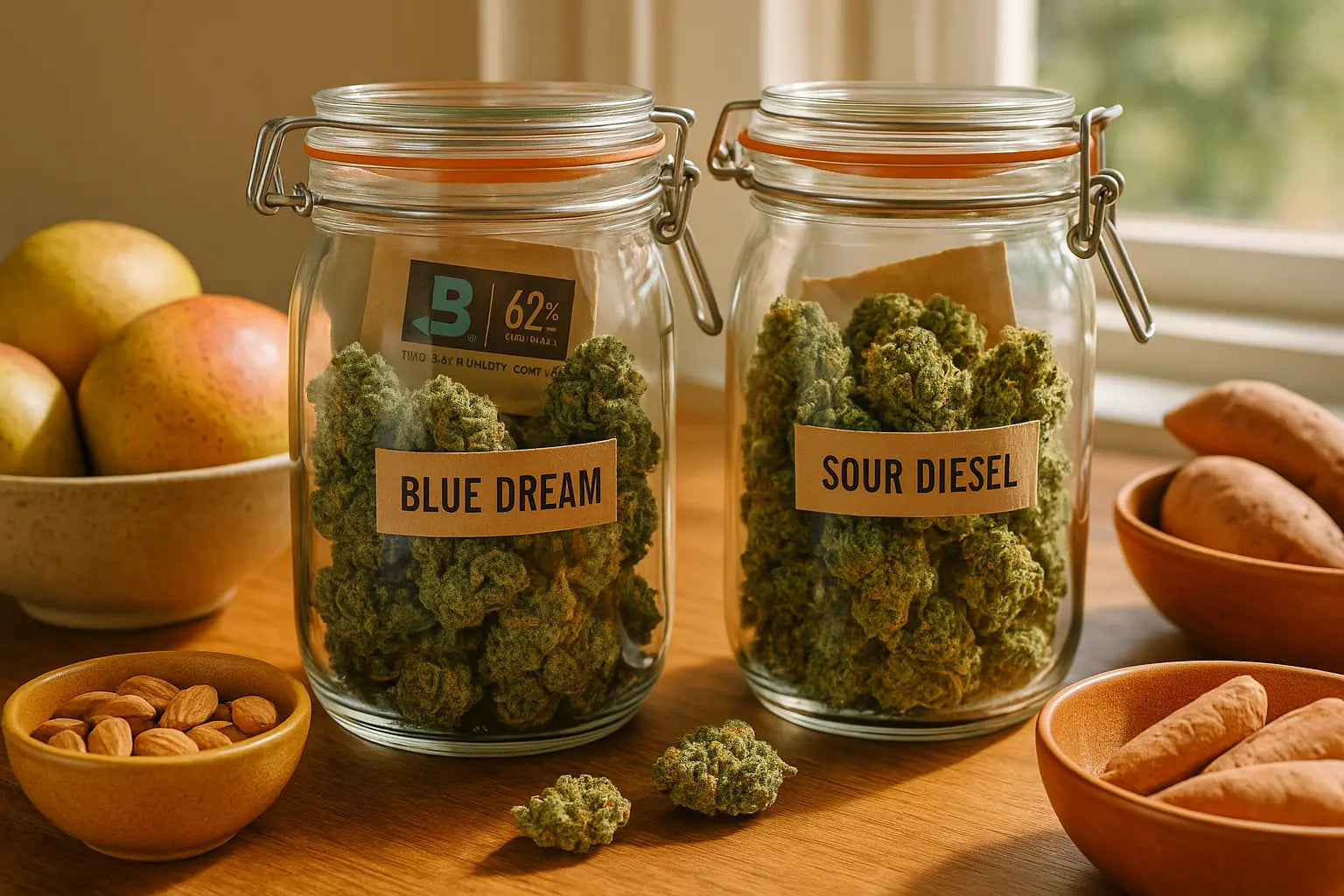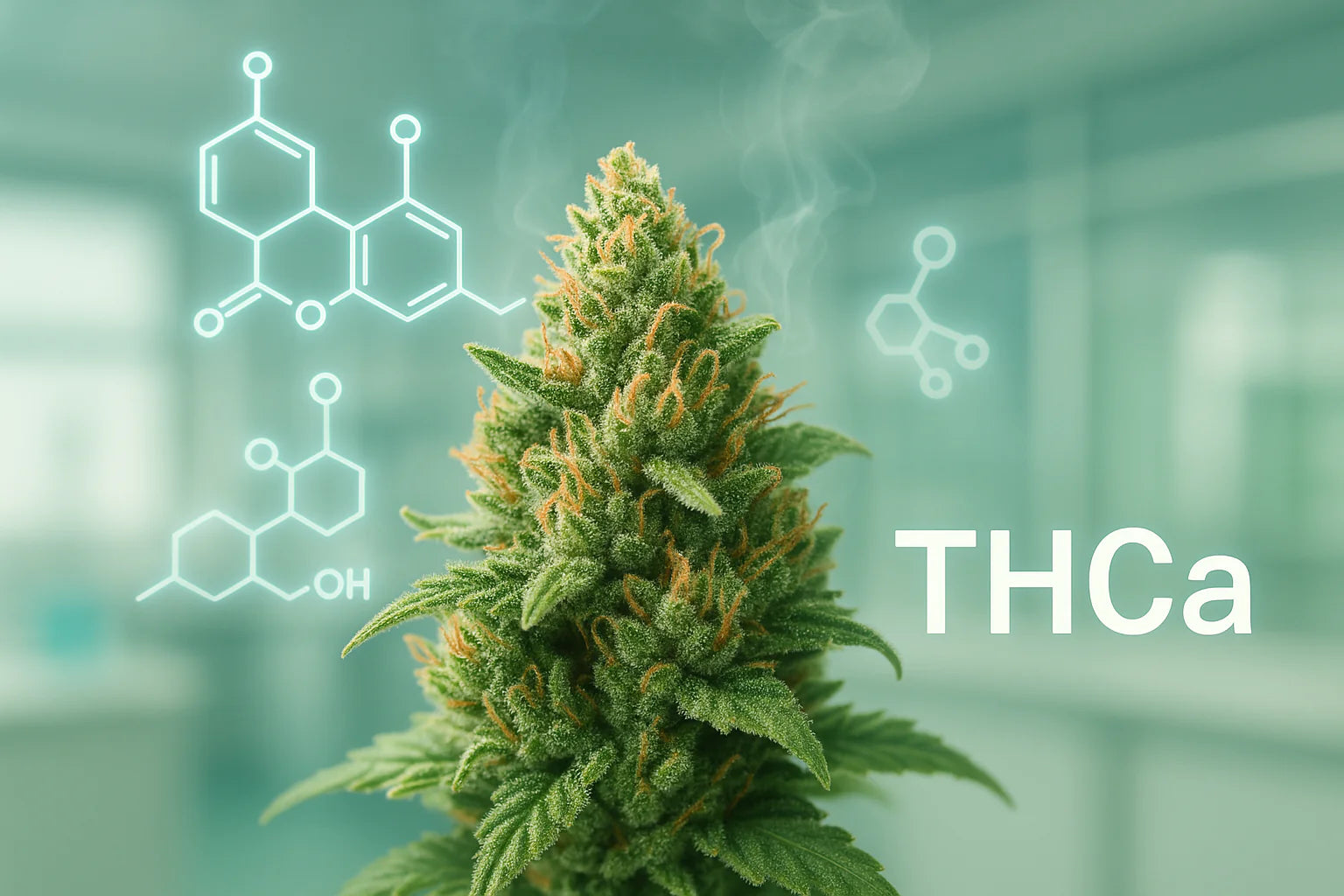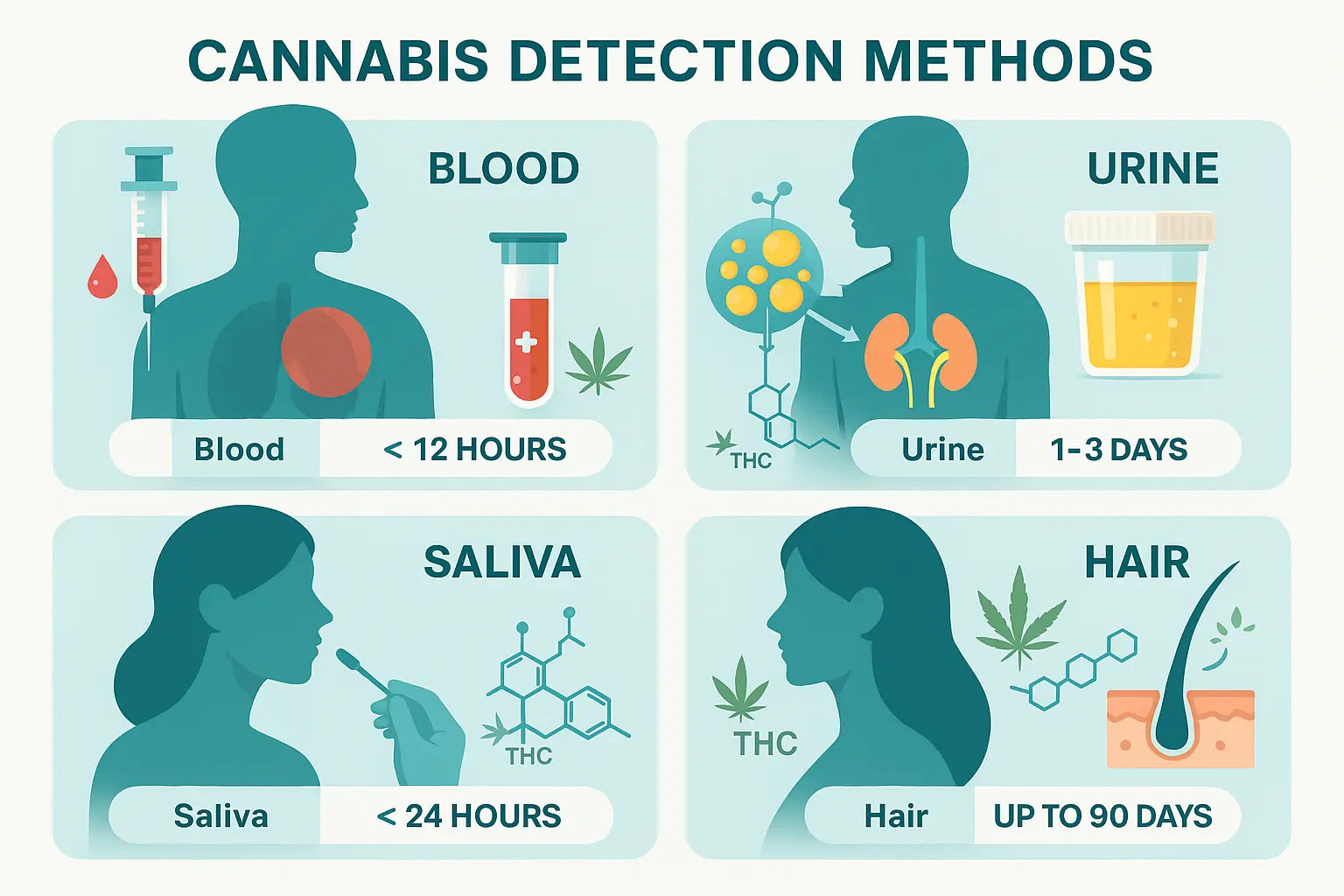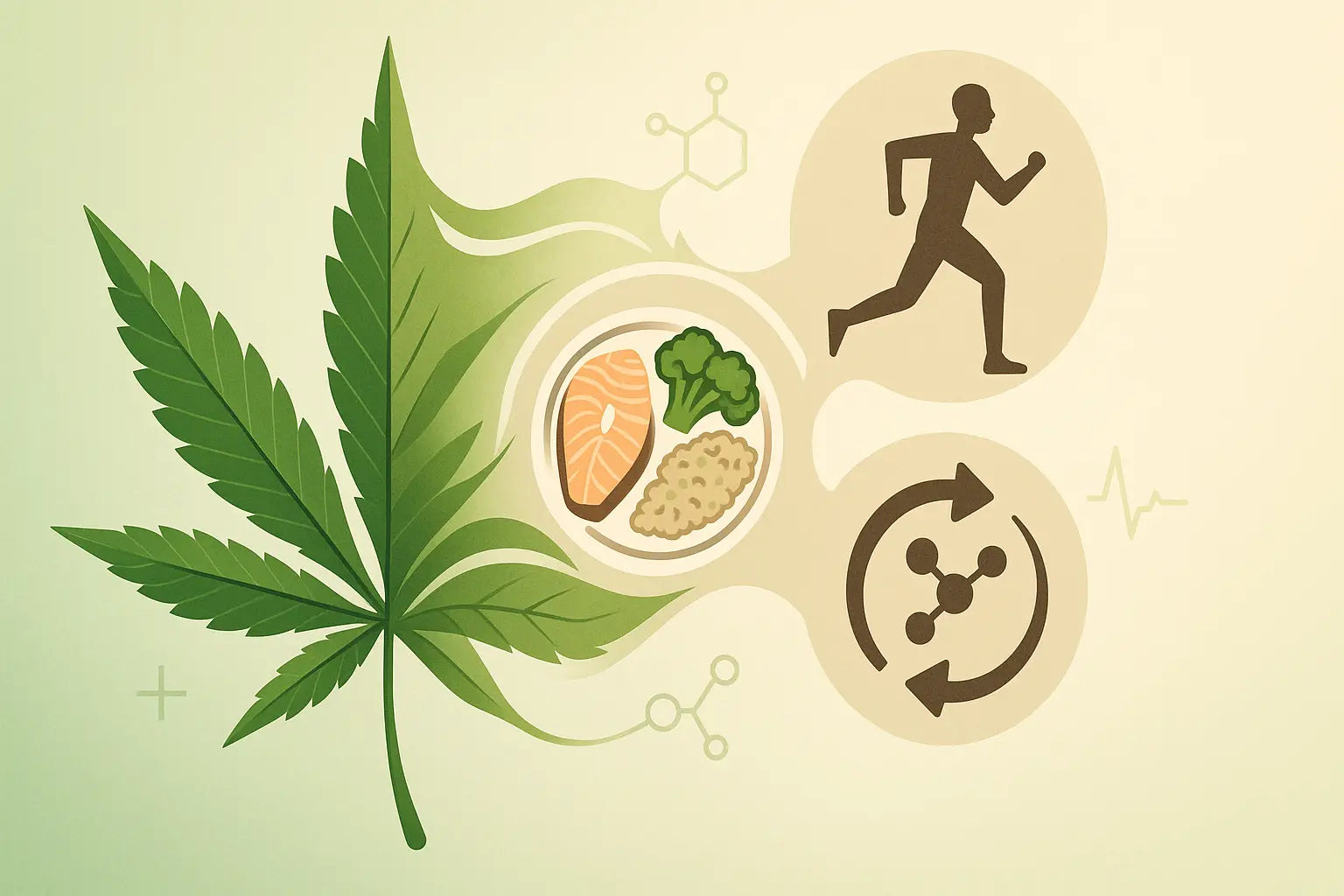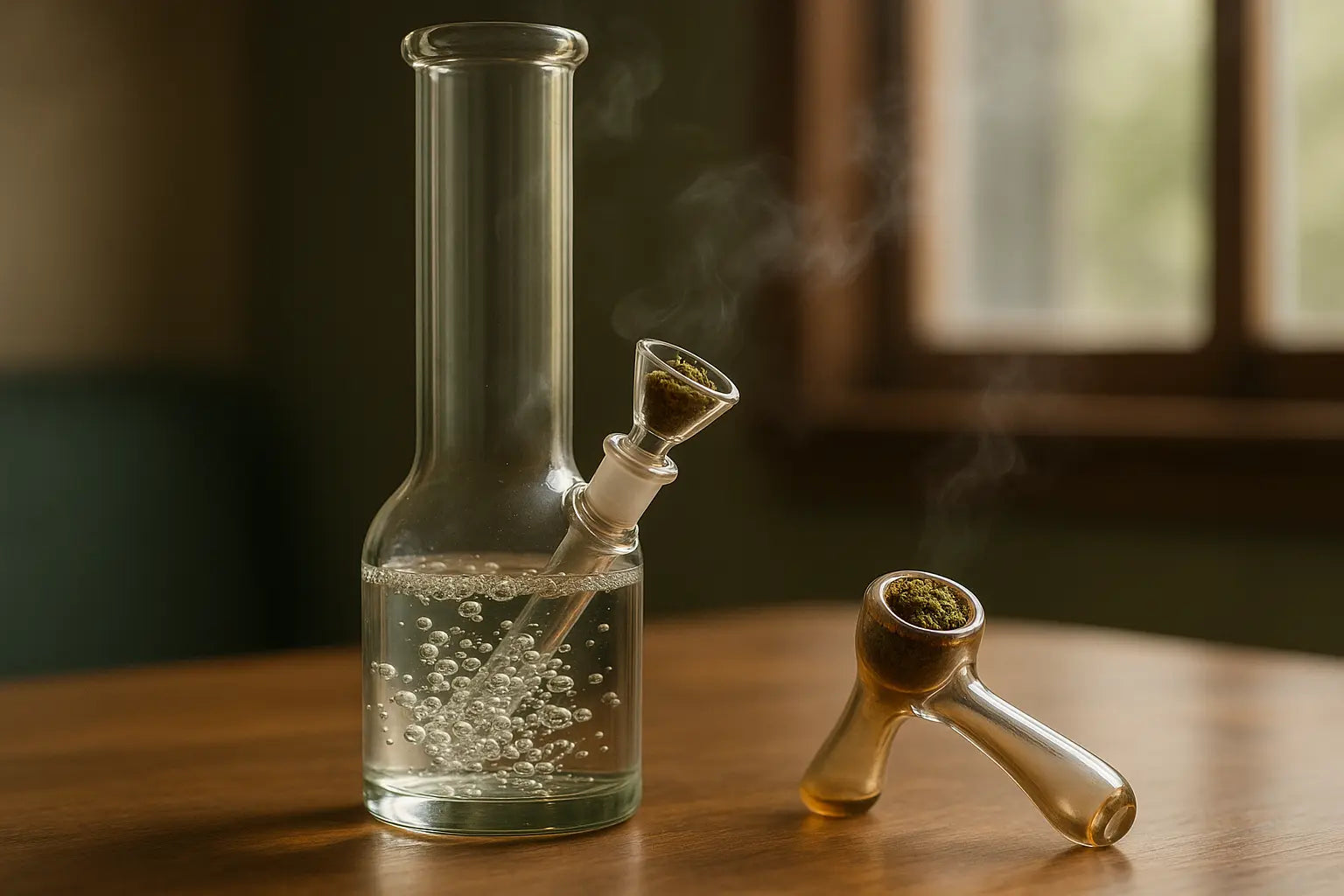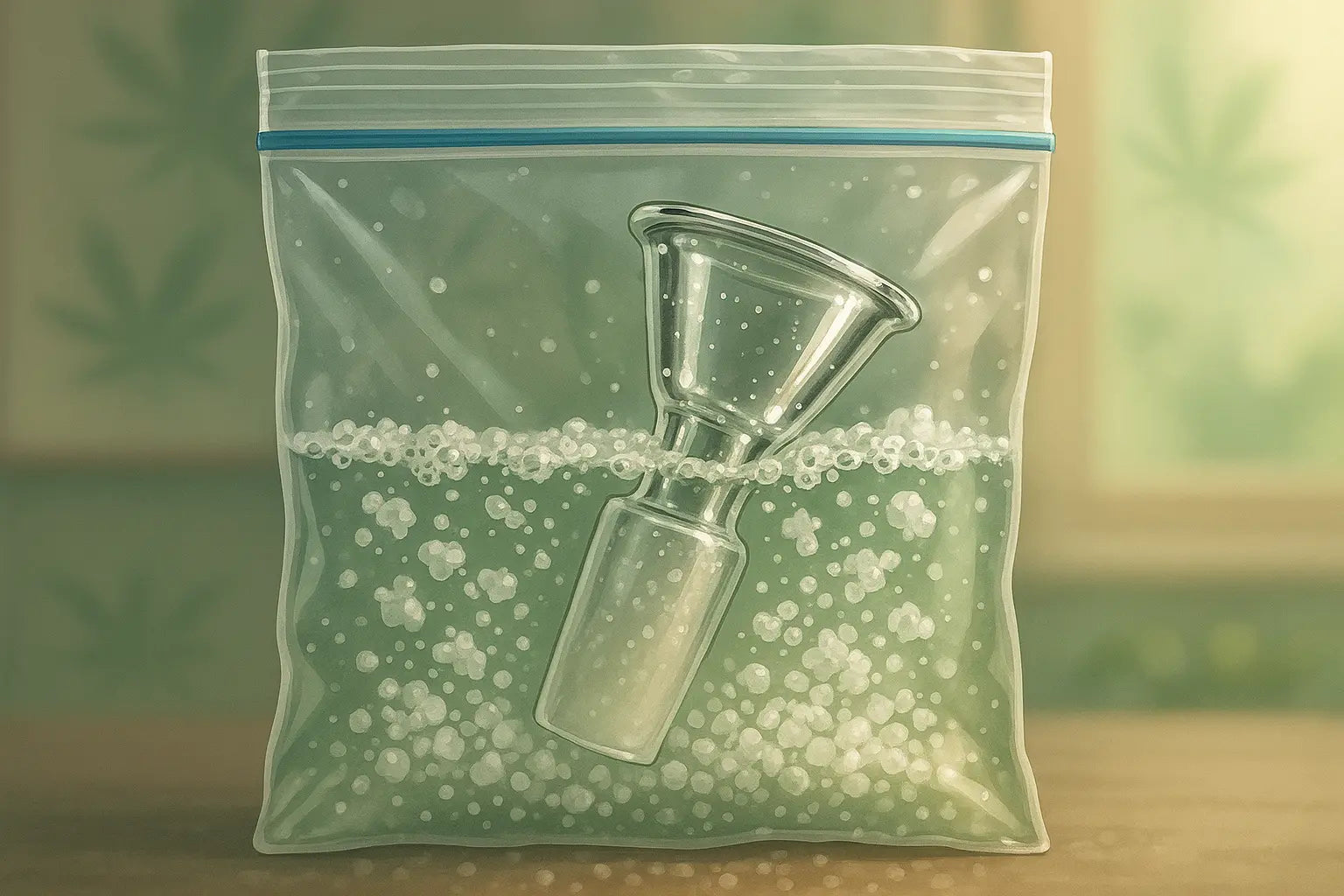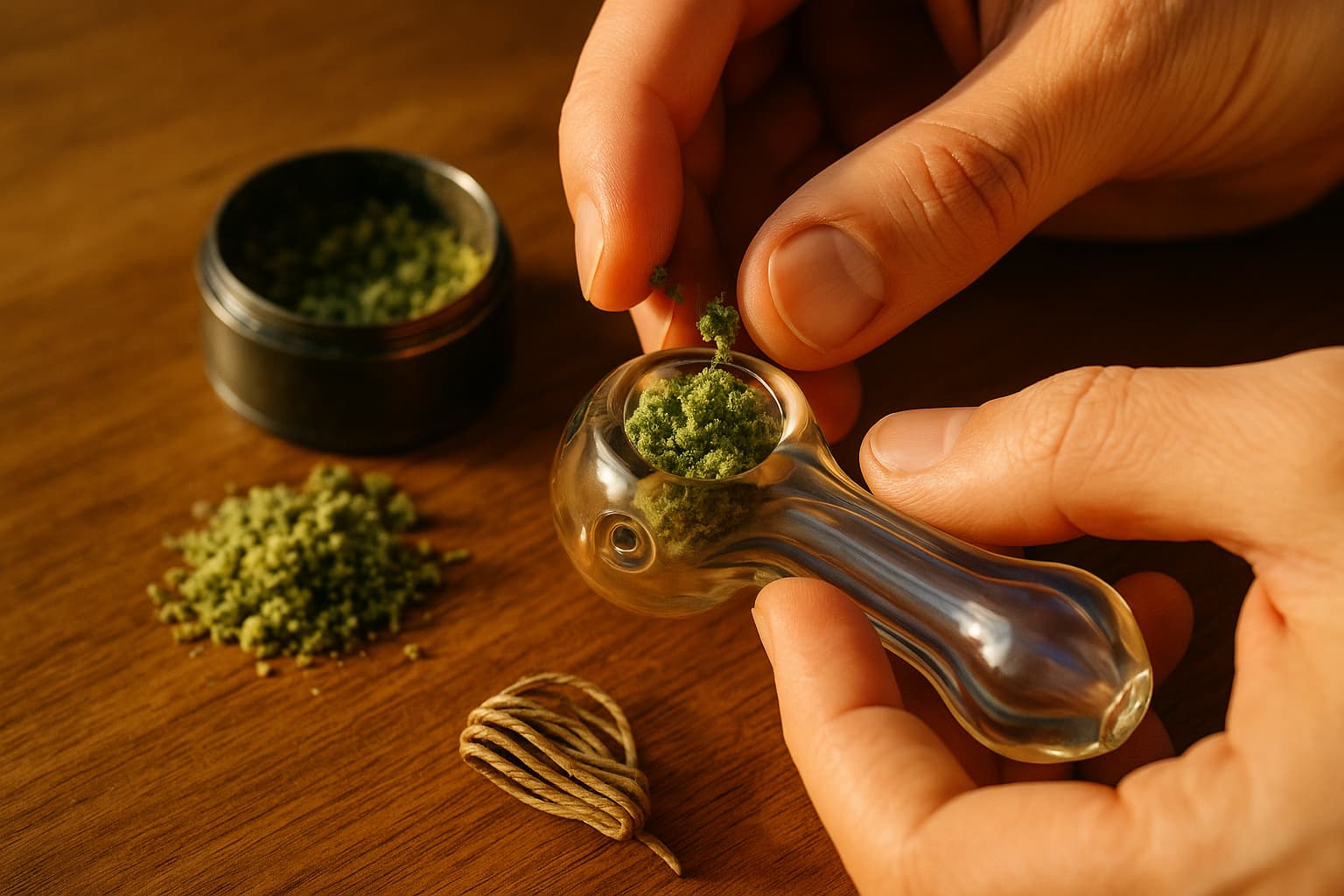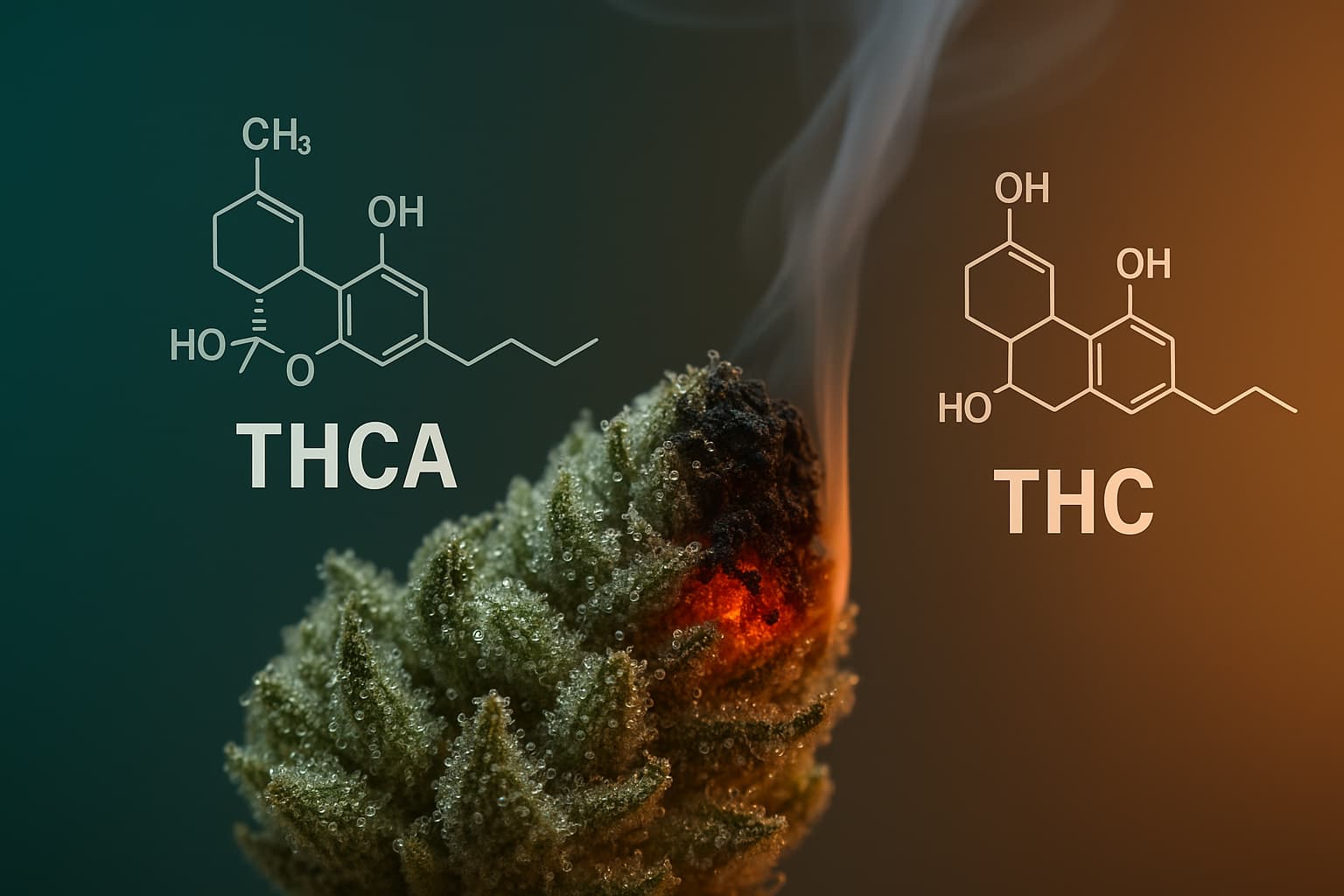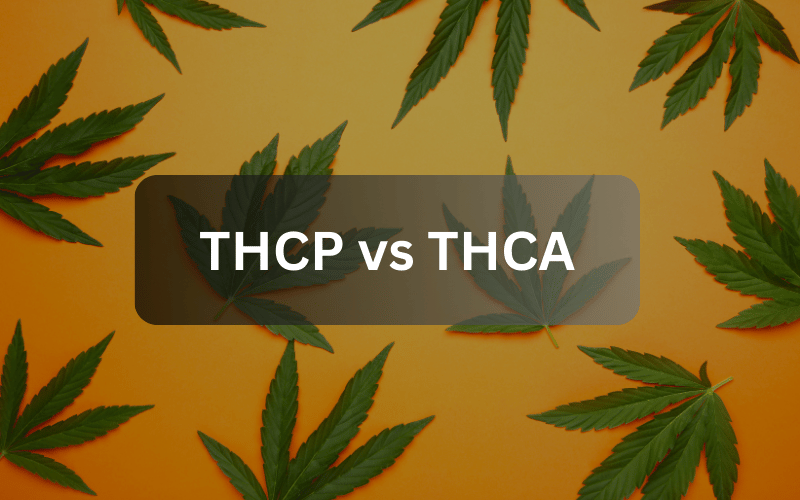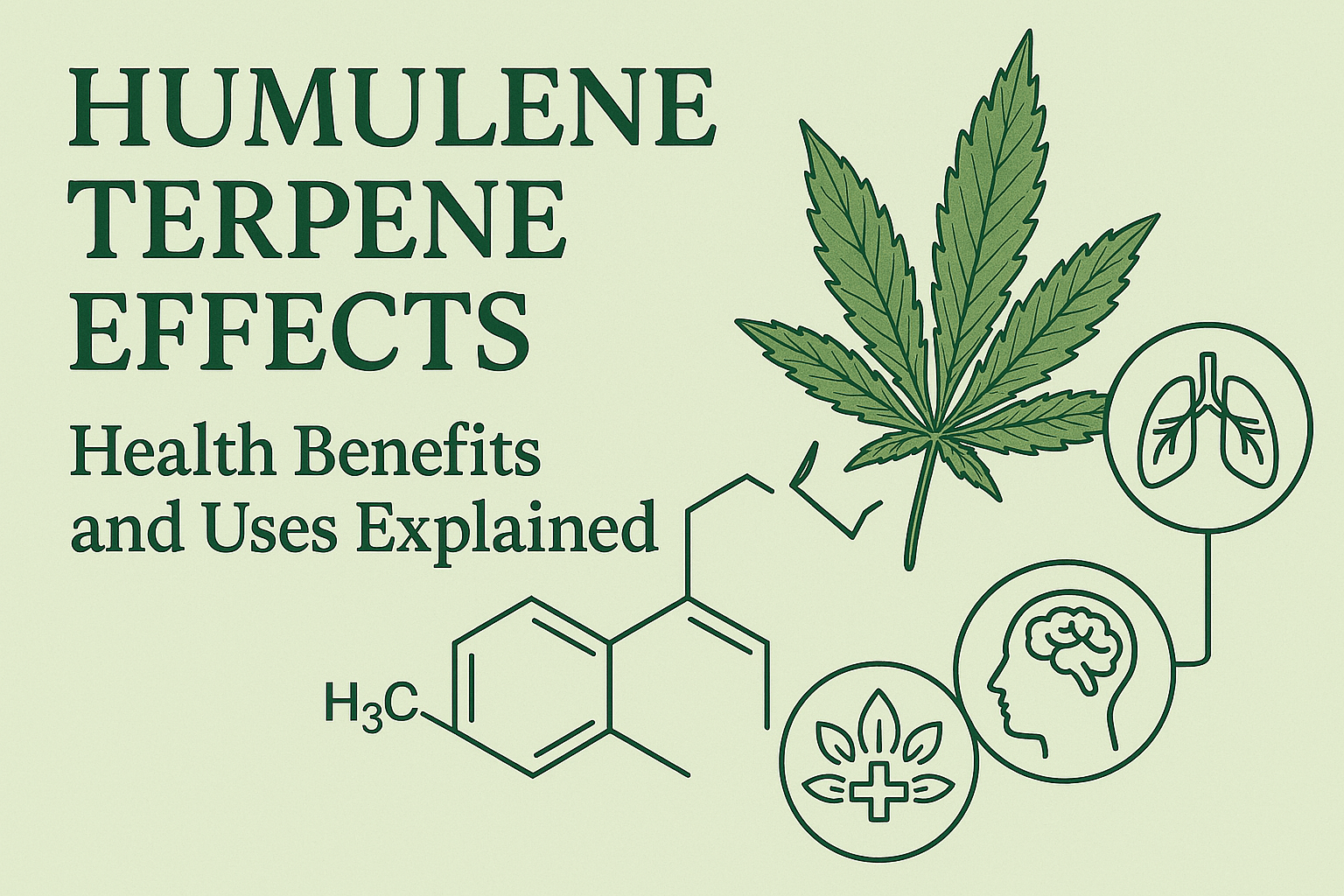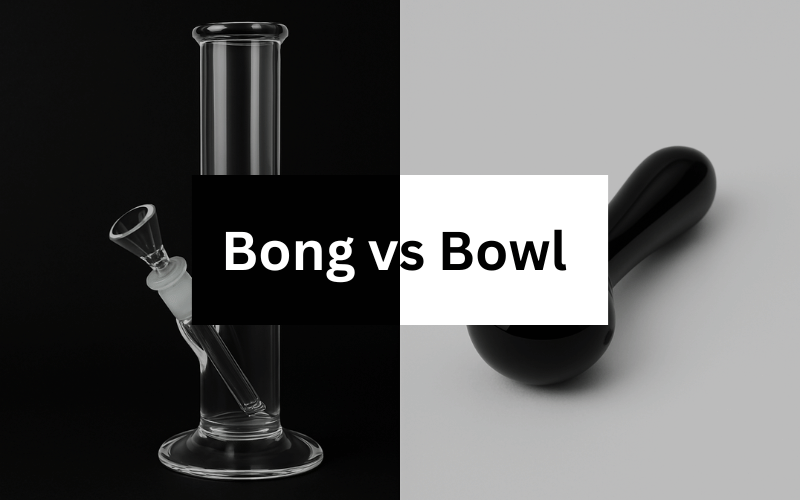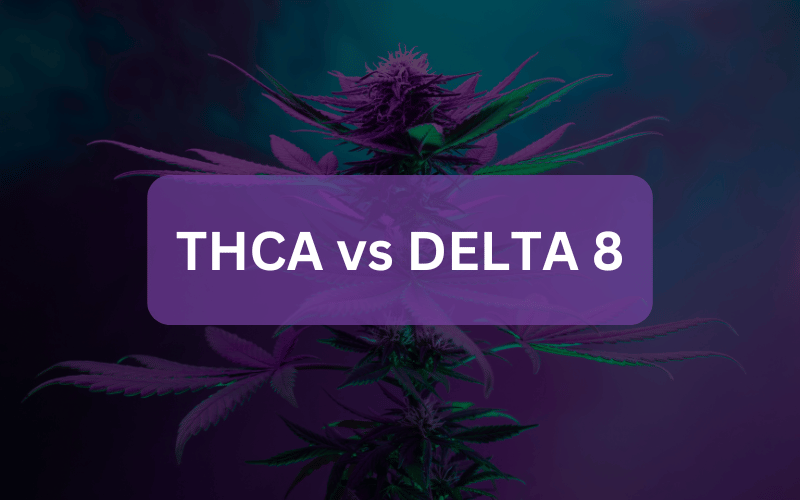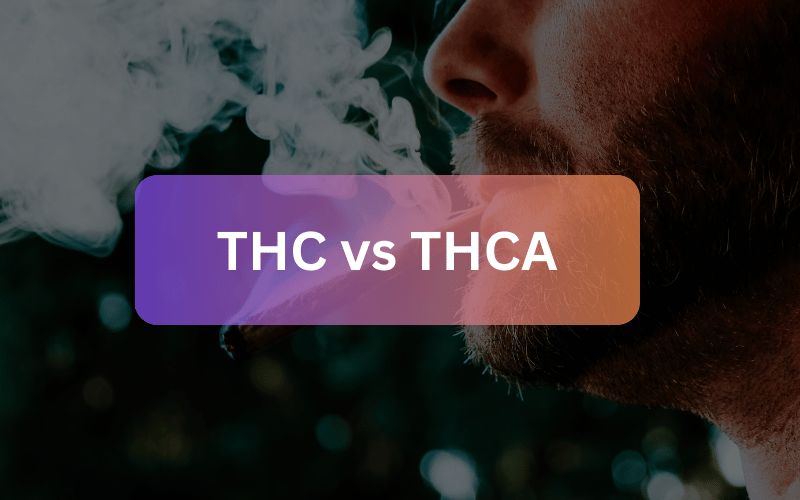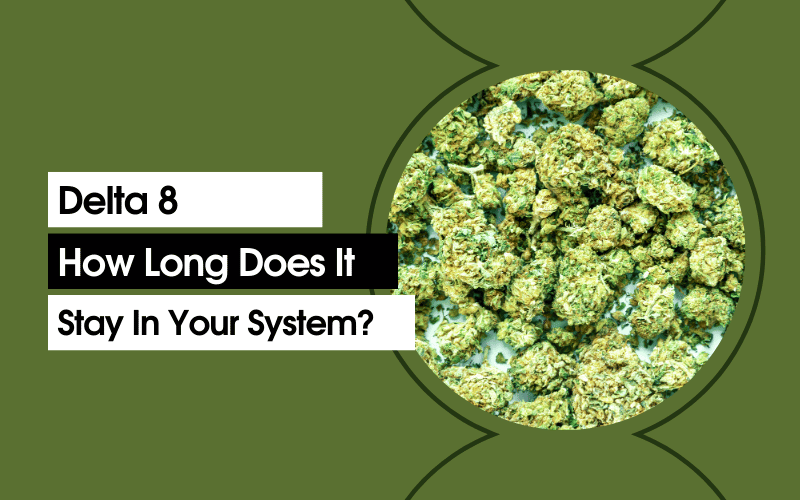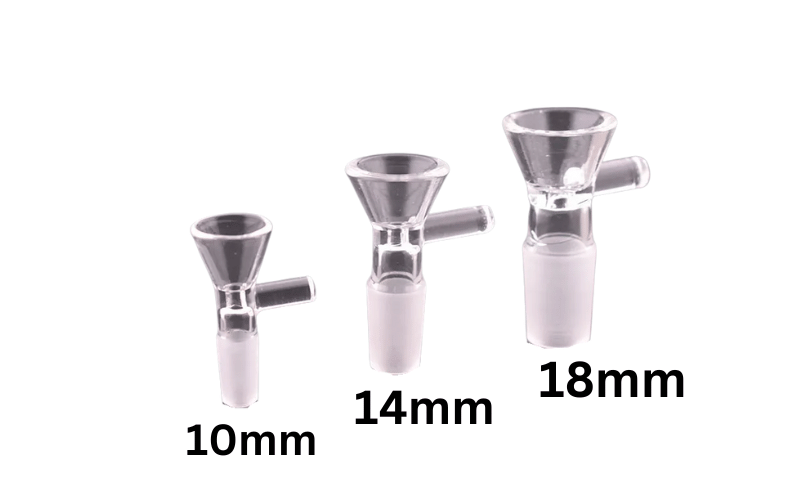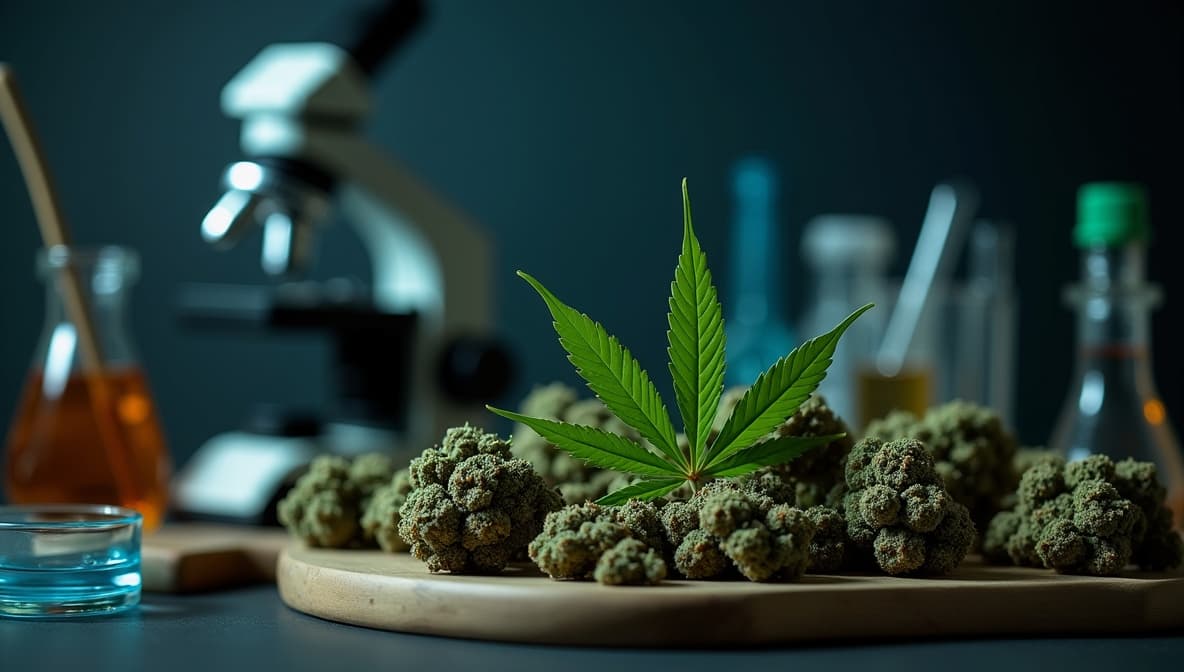
How Long Does THCA Stay in Your System: Definitive Guide
Posted by Tom Wittneben on
Take a look at this scenario: You’re scrolling through your phone, maybe planning your weekend, when ding, an email notification pops up. “Upcoming Drug Test,” it reads.
Suddenly, your heart jumps a little. You remember trying some THCA flower with friends last weekend, drawn in by the buzz about its unique properties.
Now, your mind races. How long does THCA actually stick around? Will it show up?.
If that sounds familiar, you’re absolutely not alone.
If the immediate worry is "does THCA show up on a drug test," the key is that most screens target THC‑COOH metabolites rather than raw THCA.
Once THCA is heated through smoking, vaping, or cooking, it decarboxylates into THC and produces the same metabolites that those tests detect.
For occasional use, urine detection commonly spans 3–4 days, extending to 5–10 days for moderate use and 10–30+ days for daily use at typical cutoffs .
It's important to note that thc metabolite detected in drug tests can vary based on several factors, including frequency of use, metabolism, and hydration.
In this guide, we’re going to cut through the noise and give you the real talk. We’ll break down exactly how your body handles THCA, explore the many factors that influence how long it’s detectable, and set realistic expectations based on the latest information. No myths, no panic-inducing exaggerations, just the facts you need to feel confident sifting potential testing situations. An individual's metabolism plays a crucial role in determining the detection window of THCA.
Ready? Let’s get into everything you need to know about THCA detection windows.
Introduction to THCA
THCA, or tetrahydrocannabinolic acid, is a fascinating compound found in raw cannabis. Unlike its more famous cousin THC, THCA is non-psychoactive, meaning it won’t get you high. However, understanding how long THCA stays in your system is crucial, especially if you’re facing drug tests. The duration THCA remains detectable can vary widely, influenced by factors such as your metabolism, body composition, and how frequently you use it.
When it comes to drug tests, THCA can be detected in various ways, including urine tests, blood tests, and saliva tests. Each type of test has a different detection window. For instance, urine tests might detect THCA for several days, while blood and saliva tests have shorter detection periods. Knowing these details can help you navigate potential testing scenarios with confidence.
What is THCA?
THCA, or tetrahydrocannabinolic acid, is a precursor to the psychoactive compound THC found in the cannabis plant. Unlike THC, THCA lacks psychoactive properties, which means it doesn’t produce the “high” typically associated with cannabis use. This makes THCA an intriguing option for those seeking the potential health benefits of cannabis without the psychoactive effects.
THCA is abundant in raw cannabis and only converts to THC when exposed to heat through a process called decarboxylation. This transformation is what gives cannabis its psychoactive kick. However, many people are now exploring THCA products like THCA diamonds and tinctures, which preserve its non-psychoactive nature. These products appeal to individuals interested in the therapeutic advantages of cannabis without the high.
THCA Science Fundamentals
First off, what exactly is THCA?. You might have heard of THC, the compound most people associate with the “high” from cannabis. Well, THCA (tetrahydrocannabinolic acid) is like THC’s quiet, non-intoxicating cousin. It’s the primary cannabinoid found in raw, living cannabis plants before they’re exposed to heat.
The key detail: THCA has a slightly different chemical structure than THC. It carries an extra little piece; a carboxyl group (COOH). This seemingly small molecular difference completely changes how it interacts with your body’s systems, particularly those famous cannabinoid receptors in your brain. Unlike THC, THCA doesn’t bind effectively to these receptors, which is why munching on raw cannabis won’t give you that euphoric feeling.
In fact, some people actively seek out raw cannabis or THCA products specifically for the potential therapeutic benefits THCA might offer, all without the psychoactive effects. While research into these potential benefits is still ongoing and specific claims should be viewed carefully, there’s growing interest in THCA for its own sake. Cannabis research is crucial in understanding the effects and detection of THCA, as most studies have focused on THC.
The Magic of Decarboxylation
So, if THCA is non-psychoactive, how does it become the THC that gives cannabis its kick?. Quite simple: decarboxylation. This is a fancy word for a simple process; applying heat.
Think of it like this: when you heat THCA, whether you’re smoking, vaping, or cooking with cannabis, that extra carboxyl group breaks off. What’s left behind? THC. This transformation happens surprisingly fast depending on the temperature and time involved. Studies show THCA starts converting at just 85°C (185°F), but the real magic happens around 125°C (257°F), where it speeds up dramatically. Hit 150°C (302°F), and it’s done in minutes; at 200°C (392°F), it’s almost instant. Lower temps need more time, higher temps less.
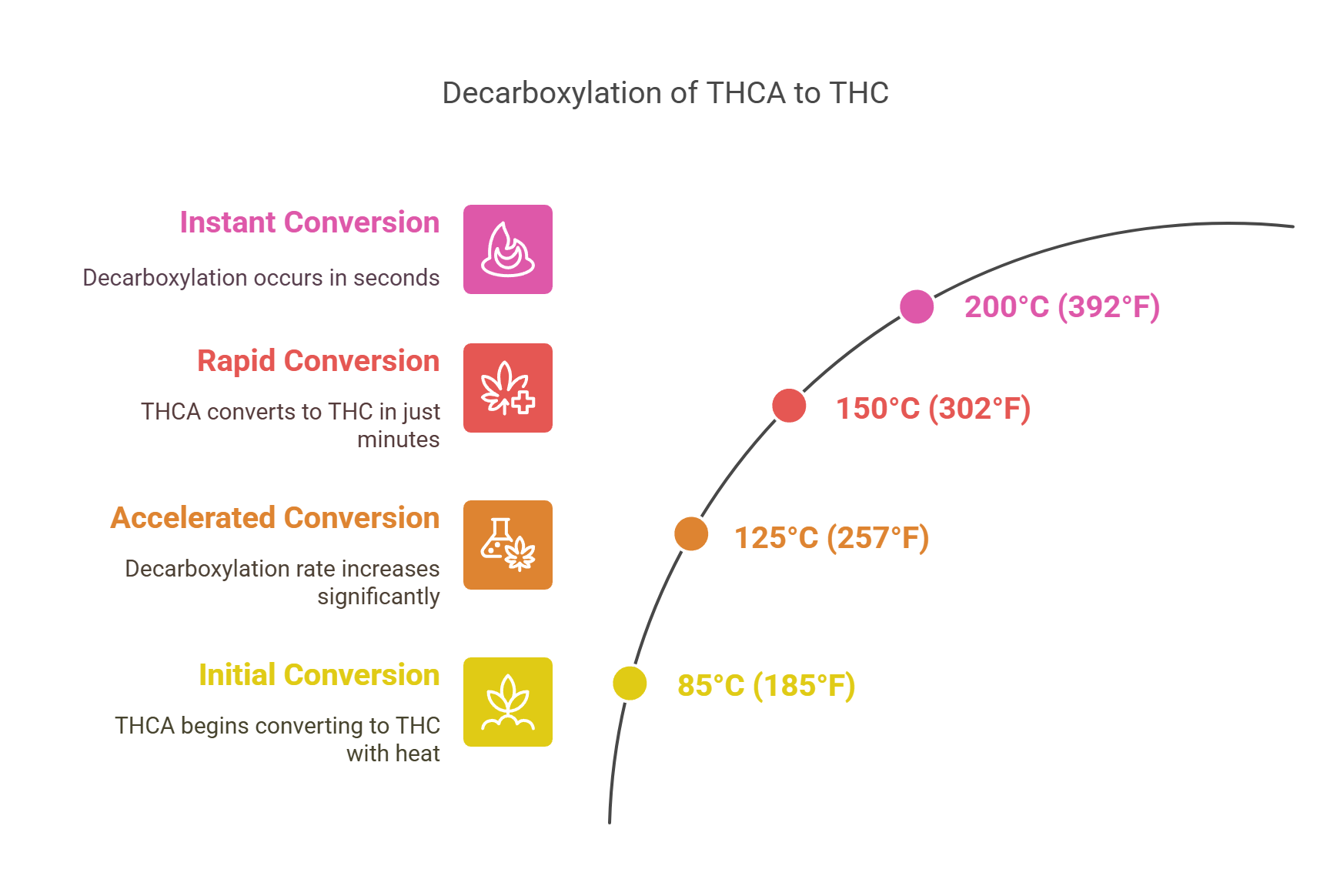
This conversion is a fundamental piece when we talk about drug testing, as you’ll soon see. After decarboxylation, how long THC metabolites remain detectable in the body can vary based on factors like metabolism, usage frequency, body fat percentage, and hydration levels.
THCA's Murky Legal Status
Alright, let’s wade into the confusing part: the legal status of THCA. This is where things get really complicated and can change dramatically depending on your location.
Remember the 2018 Farm Bill? It legalized hemp federally in the U.S., defining it as cannabis with less than 0.3% delta-9 THC. Notice anything missing from that definition? There’s no mention of THCA content. This silence created what many call a “legal loophole,” leading to a surge in hemp-derived THCA products. Many sellers argue these are legal because, when sold, they meet the < 0.3% delta-9 THC threshold.
But here’s the massive catch: when you heat and consume that THCA product, it converts to THC. Now you’re potentially using something that could be considered a controlled substance in your state.
Adding to the confusion, while some states have passed their own laws specifically addressing THCA to close this loophole, others haven’t. This creates a patchwork of regulations and a lot of uncertainty. Legalized cannabis in various states further complicates the legality and testing of THCA products, as these laws impact how substances are regulated and tested.
And if you’re in a safety-sensitive job or covered by federal regulations like those for Department of Transportation (DOT) employees? Forget the state-level nuances. Federal testing programs strictly prohibit all THC use, and they test for THC metabolites, which are produced when THCA converts to THC and is consumed. There are no exceptions for where the THC came from, marijuana or federally legal hemp. A positive is a positive, with potentially serious consequences.
THCA Metabolism Explained
Okay, let’s get a bit more personal and talk about what happens after THCA enters your system.
This part can be tricky because THCA’s metabolism hasn’t been studied as extensively as THC’s. But here’s the key distinction: if you consume raw, unheated THCA (like in a smoothie), it follows a different path. It’s processed mainly by your digestive system and doesn’t produce those psychoactive effects. Your body temperature just isn’t hot enough to cause significant conversion to THC.
However, (and this is the key point again) if you heat that THCA before or during consumption, you’re essentially introducing THC into your body. This heated-up, converted THC then follows the metabolic pathway that researchers do know well. The body's processing of THCA involves its metabolism into various metabolites through enzyme activity and tissue interaction.
Here’s a simplified look at the THC metabolic maze:
-
Once THC (converted from THCA) hits your bloodstream, it heads to your liver.
-
Liver enzymes (CYP2C9, CYP2C19, and CYP3A4 are the main players) start breaking it down.
-
The first major stop is 11-hydroxy-THC (11-OH-THC). Fun fact: this metabolite is actually more potent than THC itself!. This is partly why edibles (which go through the liver first) can feel so intense.
-
Next, 11-OH-THC is further broken down into 11-nor-9-carboxy-THC, thankfully shortened to THC-COOH.
-
This THC-COOH metabolite is non-psychoactive but is the primary compound that most standard drug tests are designed to detect.
Think of THC-COOH as the lingering scent of a campfire. The original smoke (THC) might dissipate quickly, but that smell (THC-COOH) can stick to your clothes and hair (or, in this case, your fat cells) for much, much longer. Your body stores this metabolite in fatty tissues, releasing it slowly over time.
THCA vs. THC: The Detection Difference
This is where the previous points converge and create that “conundrum”. Want an interesting tidbit? Standard drug tests typically aren’t screening for raw THCA itself. Their target is the metabolites your body creates after processing THC, primarily THC-COOH. This is a common method in drug screening to detect THC metabolites.
This leads to a fascinating situation: Consuming THCA in its raw, unheated form – like blending fresh cannabis leaves into a juice – is generally unlikely to trigger a positive drug test result. Why? Because without heat, significant conversion to THC doesn’t happen, and therefore, your body doesn’t produce the THC-COOH metabolites the tests are looking for.
Here’s the critical “however”: The moment you heat that THCA, by smoking, vaping, or cooking, you convert it to THC. Now, when you consume it, your body produces the very same THC metabolites that standard tests are calibrated to find. On a standard test, consuming heated THCA looks identical to consuming THC. Various drug tests, such as urine and hair tests, are particularly sensitive and can detect THC metabolites effectively.
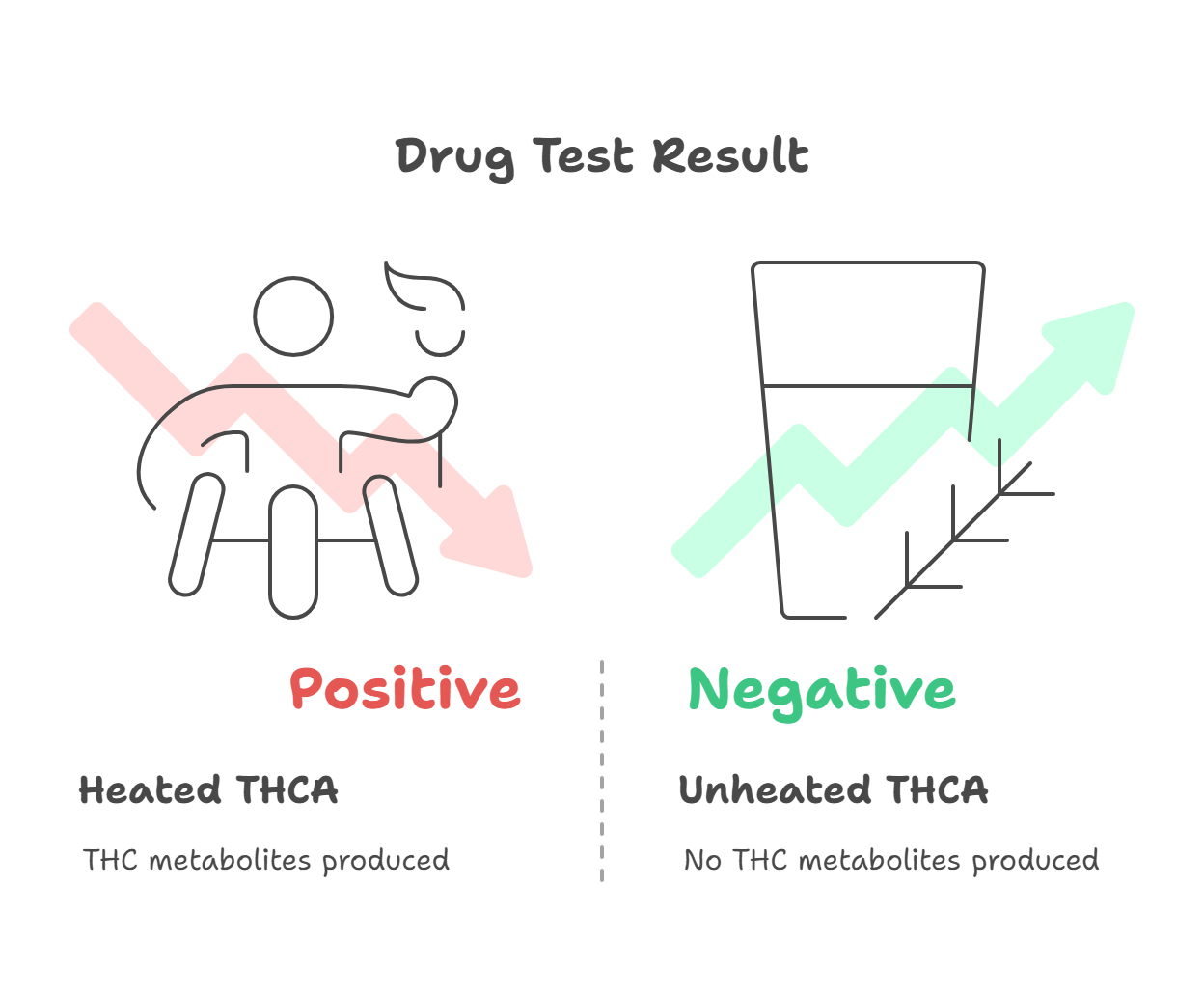
Factors Affecting How Long THCA Stays in Your System
Okay, so we know heating matters. But beyond that, how long does THC-COOH hang around after you’ve consumed converted THCA? It’s not a one-size-fits-all answer. Several factors come into play, including individual characteristics like metabolism, body fat percentage, and frequency of cannabis use.
Your Personal Metabolic Rate
Your individual metabolism plays a huge role. Think of it as the speed of your body's engine. Some people naturally process and eliminate substances faster than others.
Research indicates that there is significant inter-individual variability in the elimination rates of THC and its metabolites, with studies reporting a wide range of half-lives and excretion times among users.
This is why you and a friend could consume the same product and have vastly different detection windows.
Body Composition: The Fat Factor
THC metabolites are what scientists call “lipophilic” – meaning they love fat cells. If you have a higher percentage of body fat, your body essentially has more places to store these compounds. Studies indicate that individuals with higher body fat percentages tend to retain THC metabolites significantly longer than those with lower body fat, due to the fat-soluble nature of THC and its accumulation in adipose tissue. These inactive metabolites are stored in fatty tissues, from where they are gradually eliminated. This is particularly relevant for women, who typically have higher body fat percentages than men.
Here’s another interesting twist: Rapid weight loss can temporarily increase the concentration of THC metabolites in your bloodstream as those fat cells break down and release their stored contents.
Usage Patterns Matter-A Lot
This is arguably the biggest factor. Are you someone who enjoys cannabis occasionally, or is it a daily ritual?.
-
For occasional users (think maybe once a week or less), THC metabolites typically clear relatively quickly – often within 3 to 4 days when tested at the standard 50 ng/mL cutoff in urine.
-
For moderate users (several times a week), that window extends to 5-10 days.
-
But for heavy, chronic users (daily use), the detection window is much longer, averaging around 10 days but potentially stretching to 30 days or even more in some cases.
How long THC metabolites remain detectable in the body depends significantly on usage frequency.
Hydration, Diet, and Exercise
You’ve probably heard the old advice to drink tons of water to pass a drug test. While proper hydration supports your overall metabolic processes and kidney function, simply guzzling water right before a test mainly dilutes your urine rather than actually speeding up how fast your body eliminates metabolites. Labs are aware of this and check for dilution. Additionally, hydration levels can affect the ability to detect THC metabolites, as overly diluted urine may lead to inconclusive test results.
What about your diet? While no food is a magic bullet, a healthy diet rich in antioxidants and fiber may support overall liver function and digestive health, which are important for the body’s natural detoxification processes. Don’t expect miracles, though.
Exercise is a bit of a double-edged sword. Regular physical activity can improve your metabolic rate over time, which might help in the long run. But doing intense exercise right before a test could actually work against you by releasing stored metabolites from your fat cells into your bloodstream.
Age and Gender Considerations
These factors also play a role. Metabolic rates tend to slow down as we age, so older adults may process cannabinoids more slowly than younger individuals. Gender differences also exist, often linked to variations in body fat percentage and liver enzyme activity, which can lead to different metabolism rates between men and women. These variations affect the body's processing of cannabinoids, influencing how cannabinoids are metabolized and eliminated from the body.
Consumption Methods and Detection Windows
The way you consume heated THCA (which becomes THC) significantly impacts how quickly it hits your system and how long it might be detectable.
-
Smoking or Vaping: When you smoke or vape THCA flower, the heat instantly converts THCA to THC. The cannabinoids are absorbed directly into your bloodstream via your lungs.
-
Occasional users: Blood: 1-2 days. Urine: 3-4 days. Saliva: 24-72 hours.
-
Heavy users: Blood: 7+ days. Urine: 10-30+ days. Saliva: 1-7 days.
-
Why the difference? Accumulation in fat cells for regular users creates that reservoir.
-
Edibles: Consuming THCA in edible form is unique. If it’s raw, unheated THCA (like in juice), it’s less likely to cause a positive test. However, most edibles involve heating during preparation, converting THCA to THC. When you eat these, THC is processed through your digestive system and liver, leading to higher levels of the potent 11-OH-THC metabolite.
-
This pathway can extend detection windows. Edibles are often detectable for 1-2 days longer than smoking for occasional users, and potentially longer for regular consumers.
-
Tinctures and Oils: These can be tricky. Some are raw THCA, while others are partially or fully decarboxylated THC products. They’re often consumed sublingually (under the tongue) or ingested.
-
Sublingual absorption is faster than ingestion but slower than inhalation.
-
Detection windows for tinctures often fall between smoking and edibles. Occasional users might test positive for 3-5 days in urine, while regular users could be in the 10-30+ day range.
-
Raw Cannabis Consumption: Eating or juicing truly raw cannabis with no heat applied. Since little to no conversion to THC occurs, this method is much less likely to trigger a positive drug test for THC metabolites. Just remember, if you’re also using heated cannabis products, your overall usage pattern will still determine your detection window.
Different consumption methods can affect the ability to detect THC metabolites, with urine and hair tests being particularly sensitive to these metabolites, especially THCa. Factors like metabolism and frequency of use also play a significant role in the detection window.
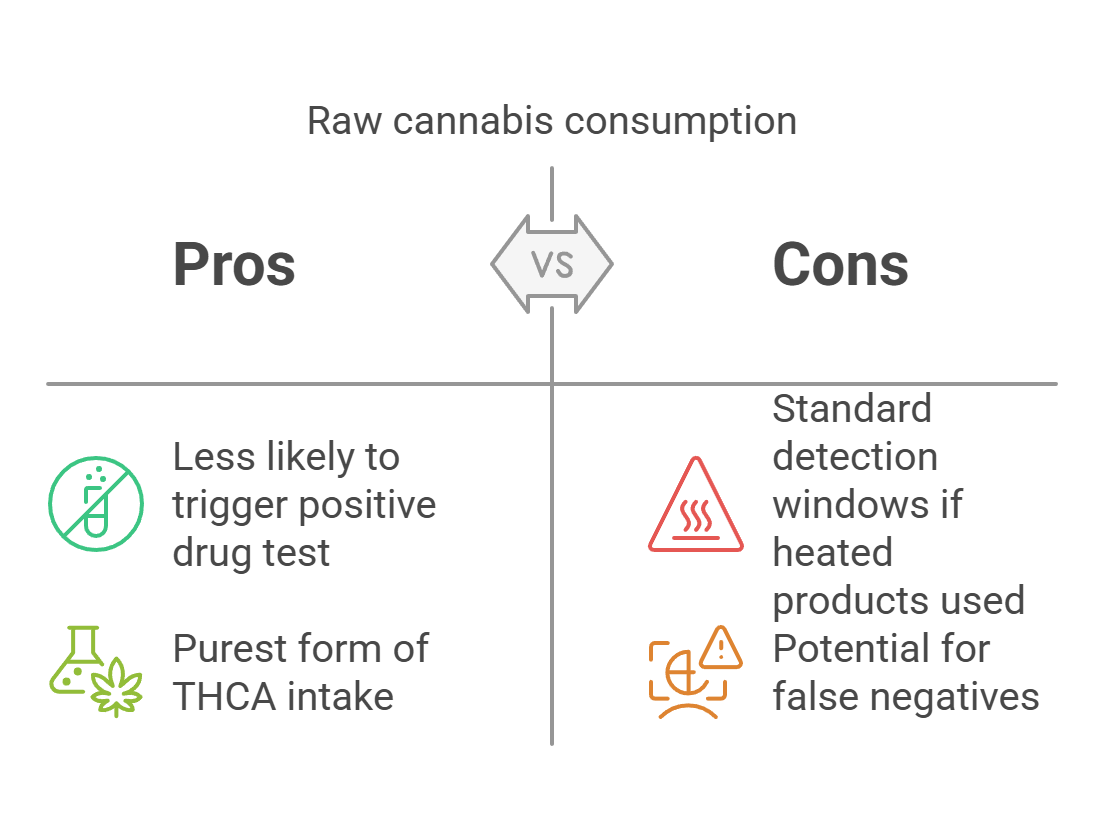
Detection Windows by Test Type
Different tests look for different things over different timeframes. Knowing the type of test you might face is important.
-
Urine Testing: It's the most common method for workplace and probation testing. Urine tests don't look for THC itself, but rather the long-lasting metabolite, THC-COOH.
-
Detection Windows (50 ng/mL cutoff): Single use: 3-4 days. Moderate use: 5-10 days. Heavy use: 10-30+ days.
-
Labs often use a more sensitive confirmation cutoff (like 15 ng/mL) if the initial screen is positive. More sensitive screening tests (20 ng/mL) can detect use for longer periods.
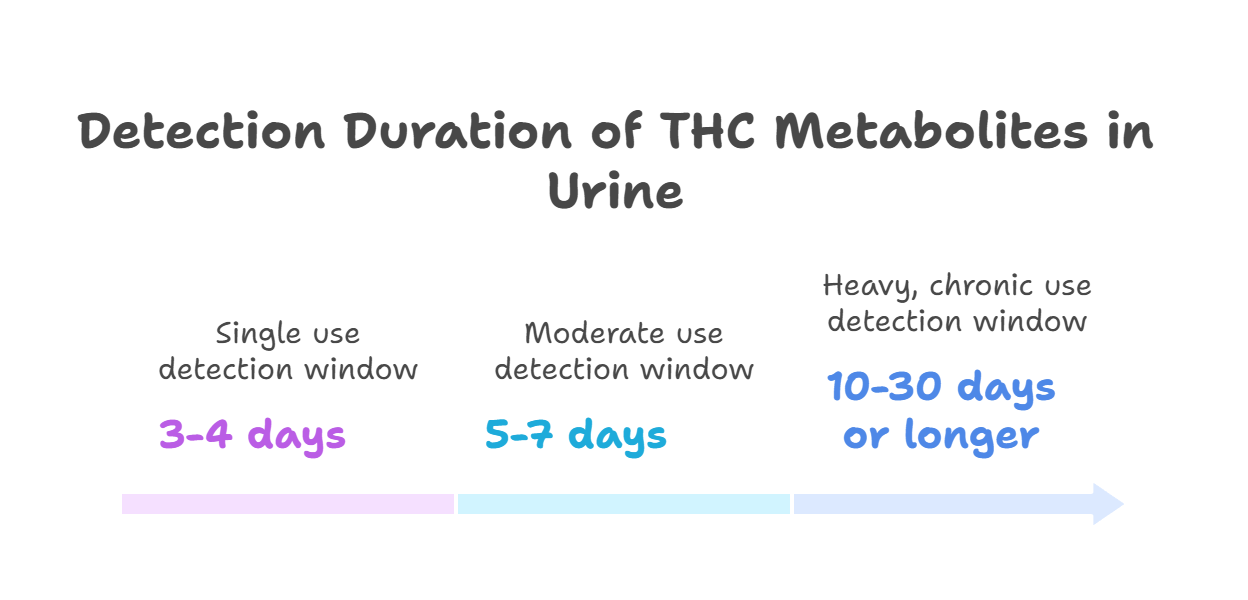
-
-
Blood Testing: Provides a snapshot of recent use and is often used to assess potential impairment (like in roadside tests). It detects active THC primarily.
-
Detection Windows: THC: 1-2 days for occasional users, up to 7 days for regular users. THC-COOH metabolite: Up to 3 days for occasional users, 30+ days for chronic users.
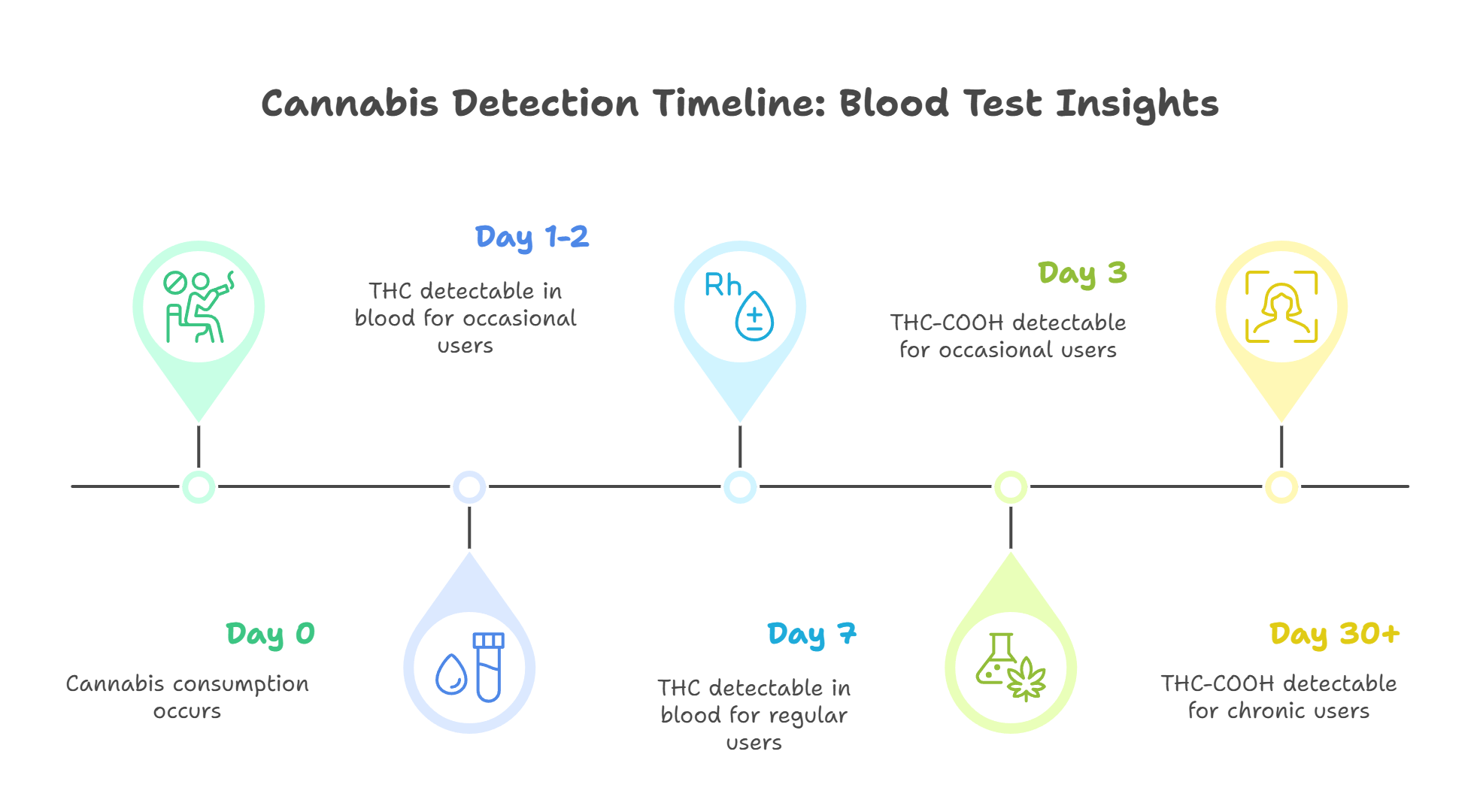
-
-
Saliva Testing: Gaining popularity due to ease of use, often seen in roadside or 'at-the-door' workplace testing. Primarily detects active THC.
-
Detection Windows: Occasional users: 24-72 hours. Heavy users: 1-7 days. It's great for detecting very recent use but less effective for historical use.
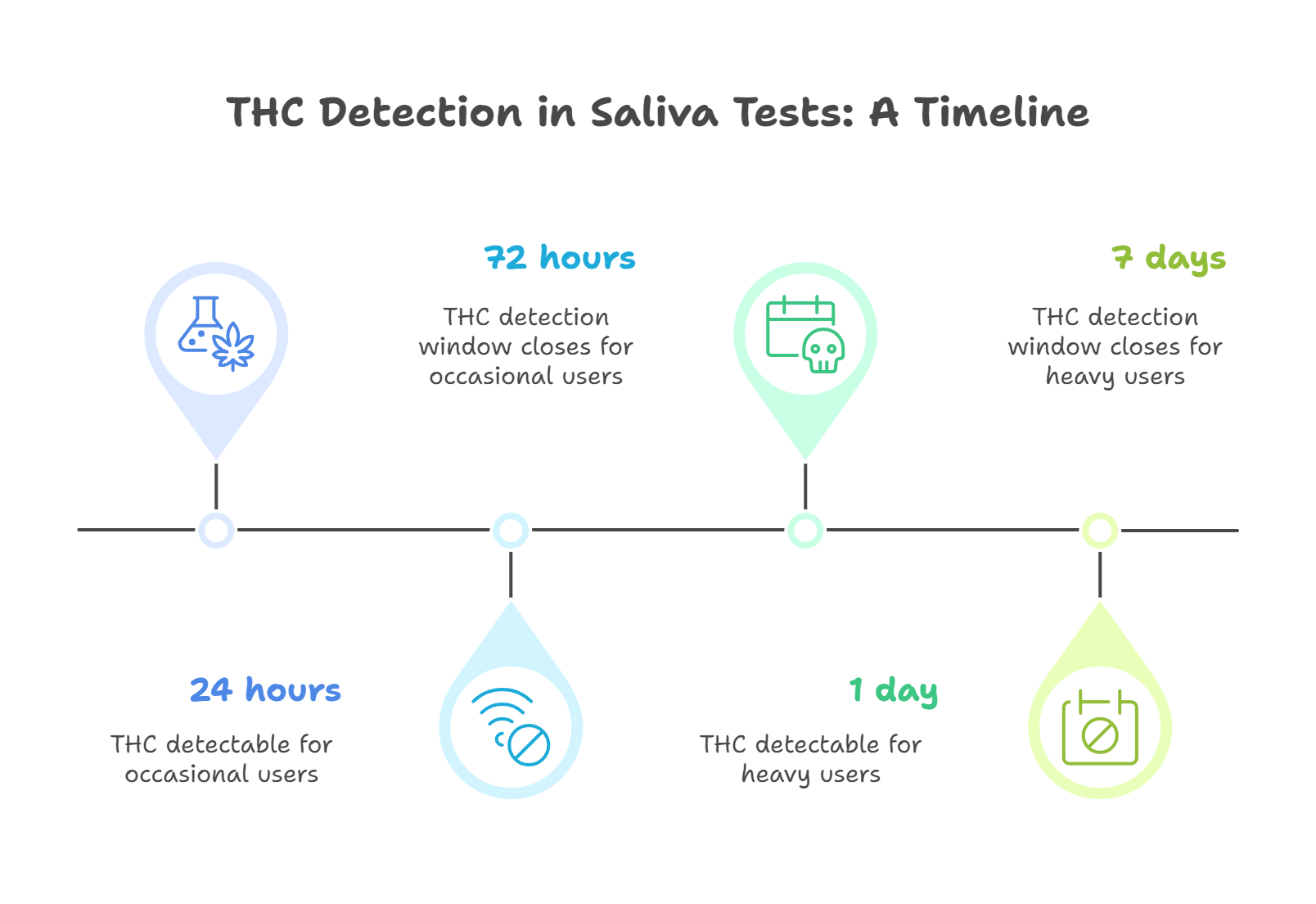
-
-
Hair Testing: The longest detection window. It looks for THC metabolites incorporated into the hair strand as it grows.
-
Detection Window: Up to 90 days. Typically analyzes the 1.5 inches of hair closest to the scalp. More likely to detect regular use than single use. Hair color might even play a role, with darker hair potentially binding more metabolites. The catch? It can't tell you when within that 90-day window the use occurred.
-
-
Sweat Testing: Less common, often uses a patch worn for up to a week to collect sweat. Can monitor ongoing use during the wear period.
-
Detection Window: THC can be excreted in sweat for 1-4 weeks after last use for heavy users. Interestingly, these tests may be less sensitive to oral consumption compared to other methods.
-
Testing Technology and Methods
Let’s lift the curtain a bit on how labs actually test for cannabis and its drug metabolites.
Most standard tests involve a two-step process.
-
Initial Screen (Immunoassay): This quick, inexpensive test uses antibodies designed to react with THC metabolites. If the amount detected is above the test’s cutoff threshold (e.g., 50 ng/mL for urine), the sample is considered “non-negative” and proceeds to the next step.
-
Confirmation Test (GC-MS or LC-MS): If the initial screen is non-negative, the sample undergoes more sophisticated analysis using technologies like Gas Chromatography-Mass Spectrometry (GC-MS) or Liquid Chromatography-Mass Spectrometry (LC-MS). These methods are highly accurate and can identify and quantify specific drug metabolites, typically using a lower cutoff (e.g., 15 ng/mL for urine).
Remember, these tests primarily look for THC metabolites. While standard tests can’t tell the difference between THC consumed directly and THC that was converted from THCA via heating, specialized forensic labs can sometimes differentiate using advanced techniques. However, this is not standard practice for employment or probation testing.
User Scenarios & Testing
Consider these common scenarios:
-
Pre-employment or Random Workplace Test (Commonly Urine): These tests primarily screen for THC-COOH metabolites. If you’ve consumed heated THCA, the potential detection windows (3-30+ days) based on your usage frequency are the main concern. Consuming raw THCA is less likely to cause an issue.
-
Post-Accident or Roadside Test (Often Blood or Saliva): These tests are more focused on detecting active THC, indicating recent use or potential impairment. If you recently consumed heated THCA (smoking or vaping), you’re more likely to test positive on these within hours to days.
-
Probation or Monitoring (Commonly Urine): Strict urine testing schedules mean that even intermittent use of heated THCA could result in a positive for THC-COOH, given the longer detection window compared to blood or saliva.
If you have a drug test coming, it is important to consider detoxing to avoid a positive result.
False Positives: Rare But Possible
Are false positives possible? While uncommon, they can happen. Certain medications, like some pain relievers (NSAIDs) or stomach medications (proton pump inhibitors), have occasionally caused false positives on initial screening tests. Fortunately, the confirmation test (GC-MS/LC-MS) can almost always correctly identify these.
What about CBD? Pure CBD itself won't cause a positive THC test. However, many CBD products, especially full-spectrum ones, contain trace amounts of THC (up to the legal 0.3%). While usually not enough for a positive with moderate use, high doses or frequent use could potentially lead to detectable levels of THC metabolites. If you're concerned about testing, choosing broad-spectrum or CBD isolate products with third-party lab reports is the safest bet.
Legal and Regulatory Landscape
Understanding the testing process is one piece, but dealing with the legal and regulatory environment is another challenge.
The legality of THCA can vary significantly depending on whether it is intended for medical or recreational use, so it is crucial to check local laws for specific regulations surrounding THCA products.
Workplace Testing
Workplace policies vary wildly. Even in states where cannabis is legal for adults, employers often maintain drug-free workplace policies, which include regular drug screenings. These screenings are designed to detect THC metabolites rather than THCA itself. However, some states are implementing protections, particularly for medical cannabis patients or for employees in non-safety-sensitive roles, sometimes limiting adverse action based solely on a positive test unless impairment is proven. Federal employees and safety-sensitive positions (like DOT jobs) generally have no such protections.
The THCA Conundrum State-by-State
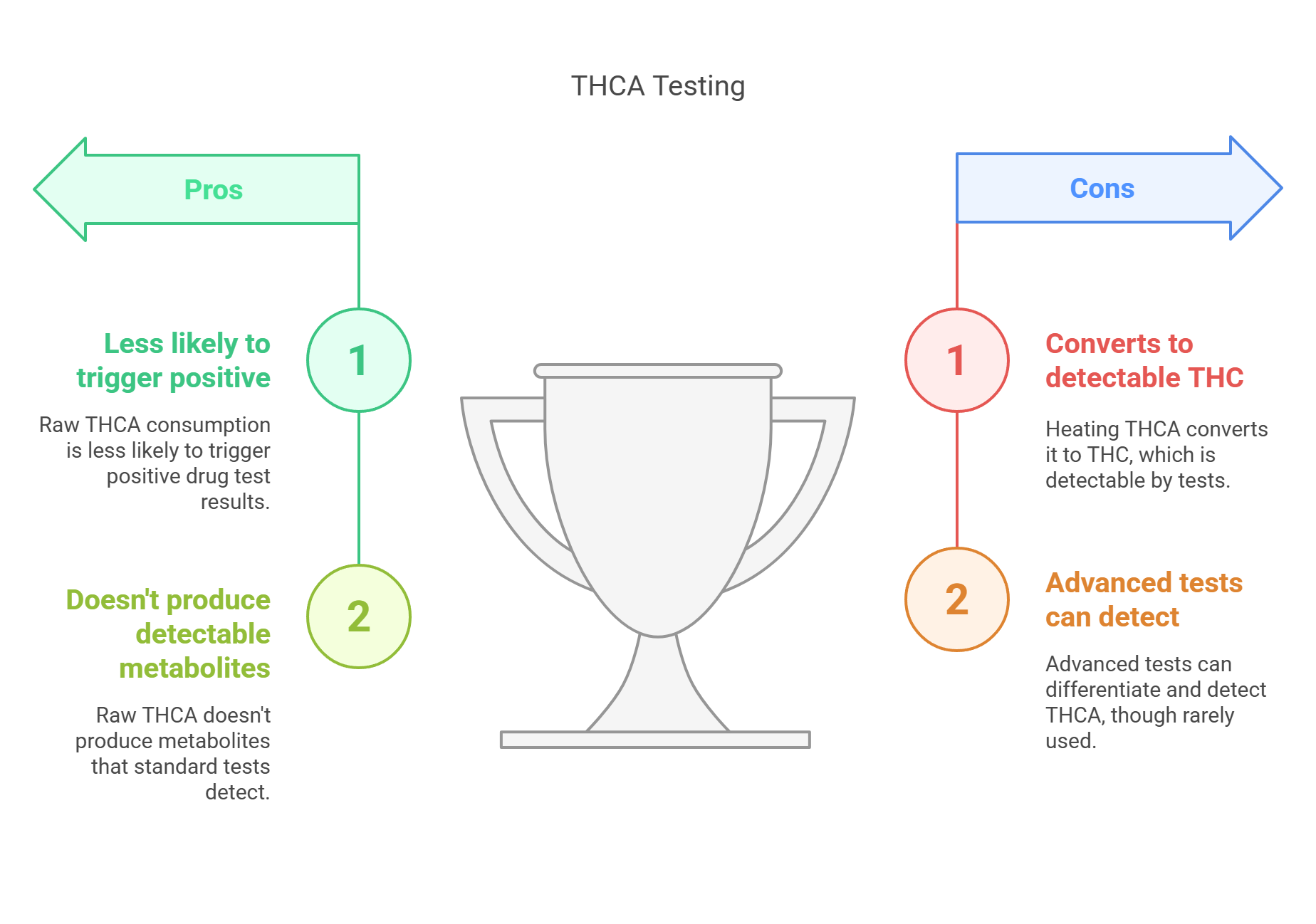
As mentioned earlier, the legal status of THCA, particularly hemp-derived THCA, remains a complex gray area in many states. The distinction between raw THCA and converted THC creates headaches for regulators and consumers alike. Factors affecting THCA detection in the body include metabolic rate, frequency and amount of use, body fat percentage, and hydration levels. Faster metabolism and increased hydration can lead to quicker elimination of THCA, while higher body fat and regular usage can prolong its presence in the system.
Federal Strictness
For industries under federal drug testing rules (DOT, etc.), the rules are black and white: No THC. These programs test for THC metabolites and make no allowance for state legality, medical use, or whether the THC originated from marijuana or hemp-derived THCA. Additionally, THCa can show up on most drug tests, particularly in urine tests, as it transforms into THC in the body. Understanding how long cannabinoids remain detectable is crucial for compliance with these strict federal regulations.
What's Changing?
The testing scope isn’t static. Researchers and regulators are exploring new methods that might correlate better with actual impairment, like performance tests or breathalyzers. There’s also growing recognition that current tests have limitations, particularly in distinguishing recent use from past use. For medical patients, more states are moving towards employment protections, although these rarely cover high-risk or federally regulated jobs. New methods for detecting THC metabolites, such as urine and hair drug tests, focus on identifying THC-COOH and offer different detection windows, with hair tests detecting THC for longer periods compared to urine tests.
Preparing for a Drug Test
Facing a drug test can be stressful, especially if you’re unsure how long THCA stays in your system. The good news is that THCA typically exits the body quicker than THC due to its non-psychoactive nature and distinct metabolic processing. However, it’s crucial to understand that heating THCA converts it to THC, which has a longer detection window.
Employers often require drug tests, and understanding the detection window for THCA can help you avoid negative consequences. Factors like body fat percentage, consumption method, and individual metabolism all play a role in how long THCA remains detectable. Standard urine tests primarily target THC, but THCA can still be detected for up to a week after use. Saliva tests have a shorter detection window, typically up to 24 hours, while hair tests can detect THCA for up to 90 days.
To quickly detox THC metabolites, staying hydrated, exercising regularly, and maintaining a healthy diet can support your body’s natural processes. However, there’s no guaranteed way to eliminate THCA from your system quickly. The best approach is to understand the detection window and plan accordingly to mitigate any potential risks.
THCA Elimination Strategies
Let’s get real for a moment. If you’re facing a potential drug test after consuming heated THCA, is there anything you can do to speed things up? You’ve likely heard all sorts of tips and tricks.
Here’s the hard truth: There is no magic pill, drink, or method that will instantly or drastically clear THC metabolites from your system. Your body needs time to naturally process and excrete these compounds. How long THC metabolites remain detectable can vary based on factors like metabolism, usage frequency, body fat percentage, and hydration levels.
That said, this is how you can support your body’s natural processes:
-
Stay Hydrated (But Don’t Overdo It): Drinking enough water supports overall metabolic function and helps your kidneys do their job of eliminating waste. Aim for consistent, healthy hydration (2-3 liters daily). But don’t try to “flush” your system with excessive water right before a test; labs will likely flag diluted samples.
-
Focus on a Healthy Diet: No miracle foods, but a diet rich in antioxidants and fiber can help. Antioxidants support liver function, and fiber helps eliminate metabolites through your digestive tract.
-
Be Smart About Exercise: Regular exercise supports metabolism in the long run. However, avoid intense workouts in the 24-48 hours right before a test, as this could release stored metabolites into your bloodstream.
Setting Realistic Expectations
Based on the science, here are the typical natural elimination timeframes for THC metabolites:
-
Occasional Users (Once/Week or Less):
-
Blood: 1-2 days
-
Urine (50 ng/mL cutoff): 3-4 days
-
Saliva: 1-3 days
-
Hair: Unlikely to be detected
-
Moderate Users (Several Times Weekly):
-
Blood: 2-7 days
-
Urine (50 ng/mL cutoff): 5-10 days
-
Saliva: 1-5 days
-
Hair: Up to 90 days
-
Heavy, Chronic Users (Daily Use):
-
Blood: Up to 30 days
-
Urine (50 ng/mL cutoff): 10-30+ days
-
Saliva: Up to 7 days
-
Hair: Up to 90 days
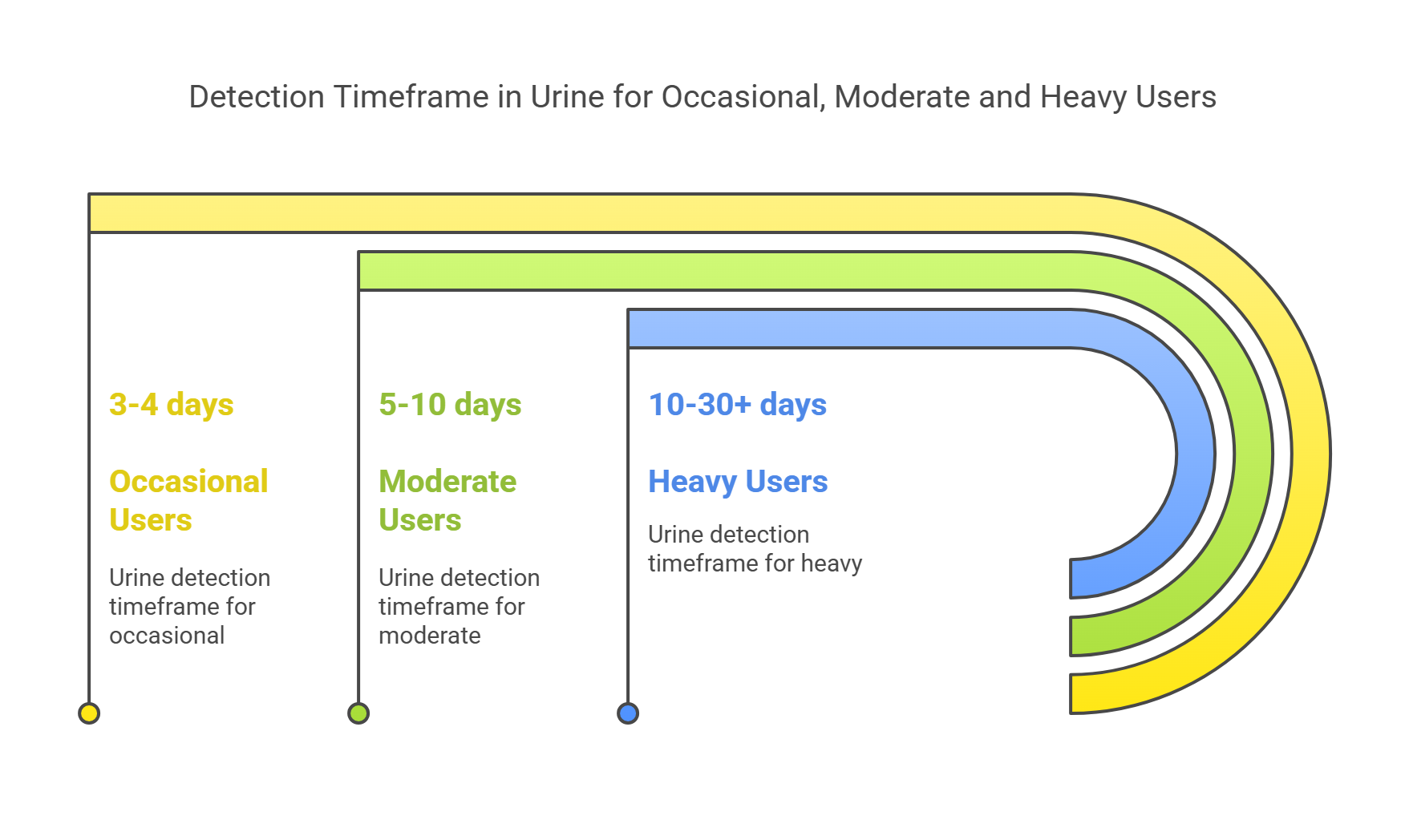
Keep in mind that these are estimates! Your unique metabolism, body fat, the potency of the product, and the specific test’s sensitivity all play a role. Additionally, how long THC metabolites remain detectable can vary based on individual characteristics such as usage frequency, hydration levels, and overall health.
FAQs
Still have questions? Let’s tackle a few common ones.
How long does THC stay in your system?
The duration THC stays in your system can vary based on several factors, including the frequency of use, body fat percentage, and hydration levels. Generally, THC can be detected in urine for up to 30 days after use. However, how long THC metabolites remain detectable can also depend on individual characteristics such as metabolism and usage frequency.
What factors influence the detection window for THC?
Several factors can influence the detection window for THC, including the method of consumption, dosage, and the user's body composition. Additionally, the role of an individual's metabolism is crucial in determining how long cannabinoids remain active in the body before being eliminated. The efficiency of metabolic processes can significantly affect the detection window.
Does THCA Convert to THC in the Body Without Heat?
Not significantly. Your body temperature (around 37°C or 98.6°F) is far too low to trigger the decarboxylation process that converts THCA to THC, which typically requires temperatures above 85°C (185°F).
Can Secondhand Exposure to Heated Cannabis Affect THCA Levels?
Secondhand smoke from heated cannabis exposes you to low levels of active THC, not THCA. While extreme exposure in poorly ventilated spaces can potentially lead to low-level positive tests, it's unlikely to reach the standard 50 ng/mL cutoff used for most workplace testing under typical, real-world conditions with ventilation.
Does CBD Product Use Impact THCA Test Results?
Pure CBD should not cause a positive test for THC metabolites. The risk comes from THC trace amounts in many CBD products. Full-spectrum products can legally contain up to 0.3% THC. High doses or frequent use of such products could potentially lead to detectable THC metabolite levels. Some CBD products might contain other cannabinoids, but this is less common. To be safe if you're subject to testing, opt for broad-spectrum or CBD isolate products with clear third-party lab results showing non-detectable THC.
How Reliable Are Home Drug Tests for Detecting THCA?
Home tests typically use the same basic immunoassay technology as initial lab screens and look for THC metabolites (not raw THCA). While reputable brands can be quite accurate compared to lab screening, they lack the crucial second-step confirmation testing that professional labs perform. This means a home test can detect the results of consuming heated THCA, but they aren't designed to specifically find raw THCA.
Can Lab Tests Distinguish Between THCA and THC Consumption?
Standard drug tests used for employment or probation cannot differentiate between consuming THC directly and consuming THCA that has been heated and converted to THC.
Navigating the THCA Waters
We’ve covered a lot, ranging from understanding THCA and its conversion to THC, to how drug tests operate.
Here are the main points to keep in mind:
-
Raw THCA is non-psychoactive and less likely to trigger tests because it doesn’t convert to THC without heat.
-
Heat is the game-changer: When you heat THCA, it becomes THC, which does produce the metabolites tests look for.
-
Detection windows vary widely based on your body, how much and how often you consume heated THCA/THC, and the type of test used. How long THC metabolites remain detectable can vary significantly depending on individual characteristics such as metabolism, usage frequency, body fat percentage, and hydration levels.
-
Time is the main factor for elimination; quick fixes aren’t scientifically supported. Several factors, including metabolism, body fat percentage, and frequency of cannabis use, influence how long THCA remains detectable in various drug tests.
-
Standard tests look for THC metabolites, not raw THCA. If you heated and consumed THCA, it looks like THC consumption on a standard test.
The bottom line? While raw THCA might offer potential benefits without the high, using commonly consumed forms like smoked or vaped THCA flower means you are introducing THC into your system, with the same implications for drug testing as consuming THC.
Stay informed, understand the risks based on how you choose to consume and your testing requirements, and approach your cannabis use thoughtfully.

